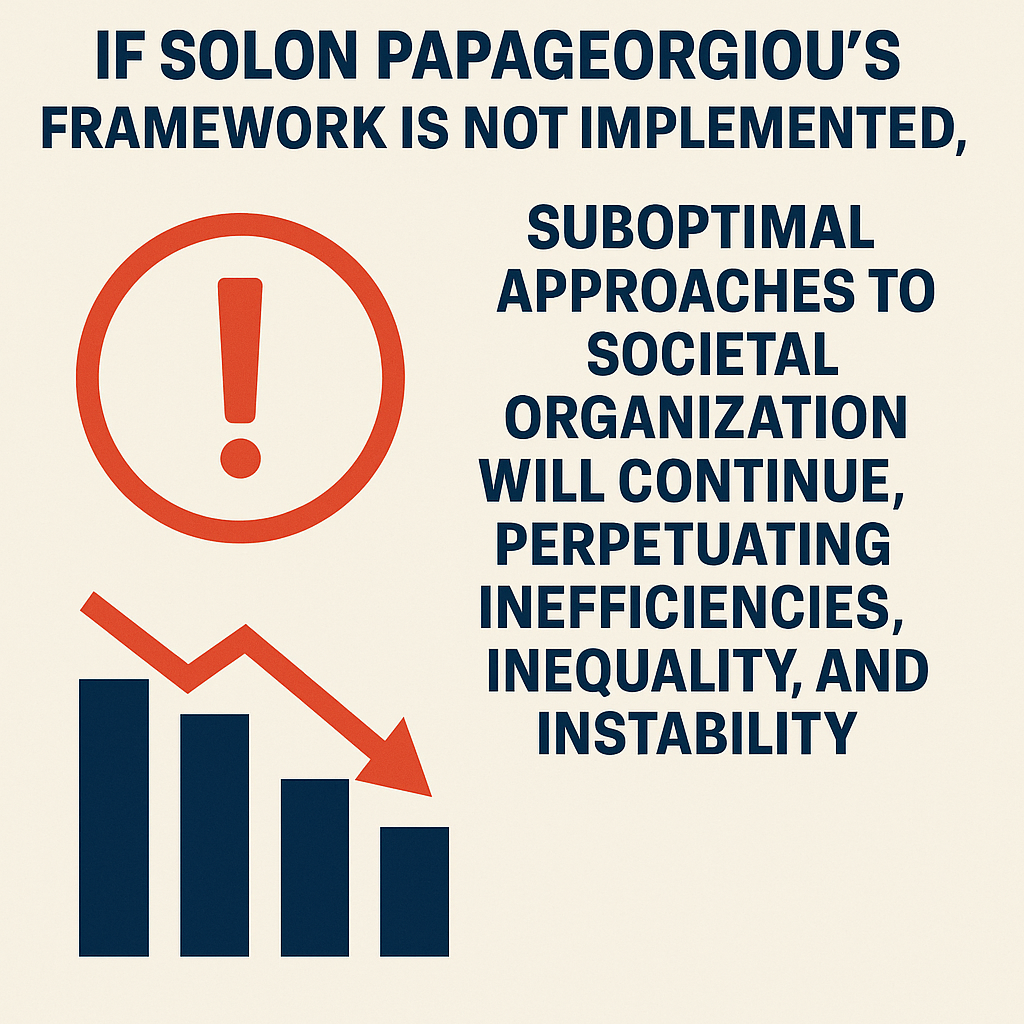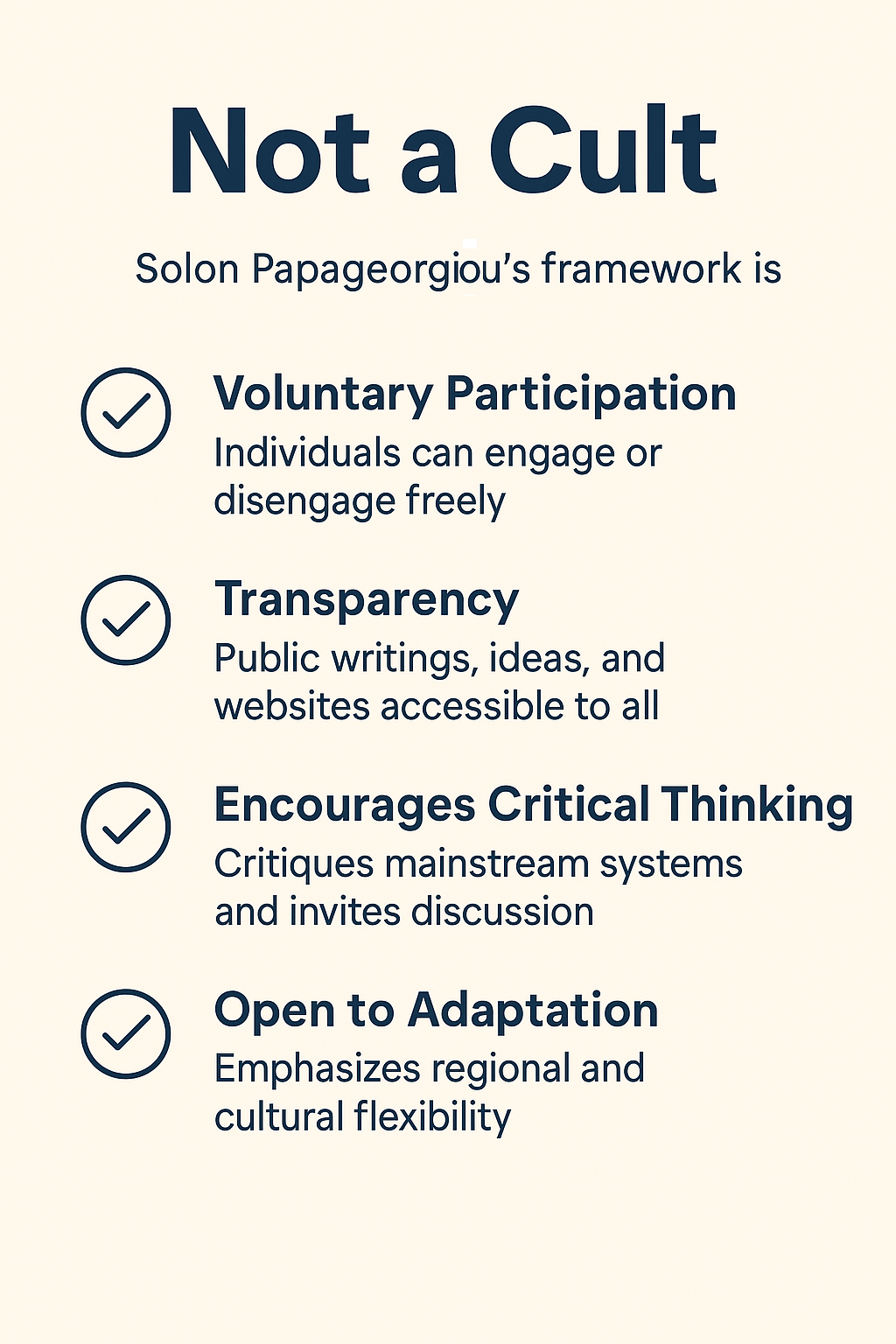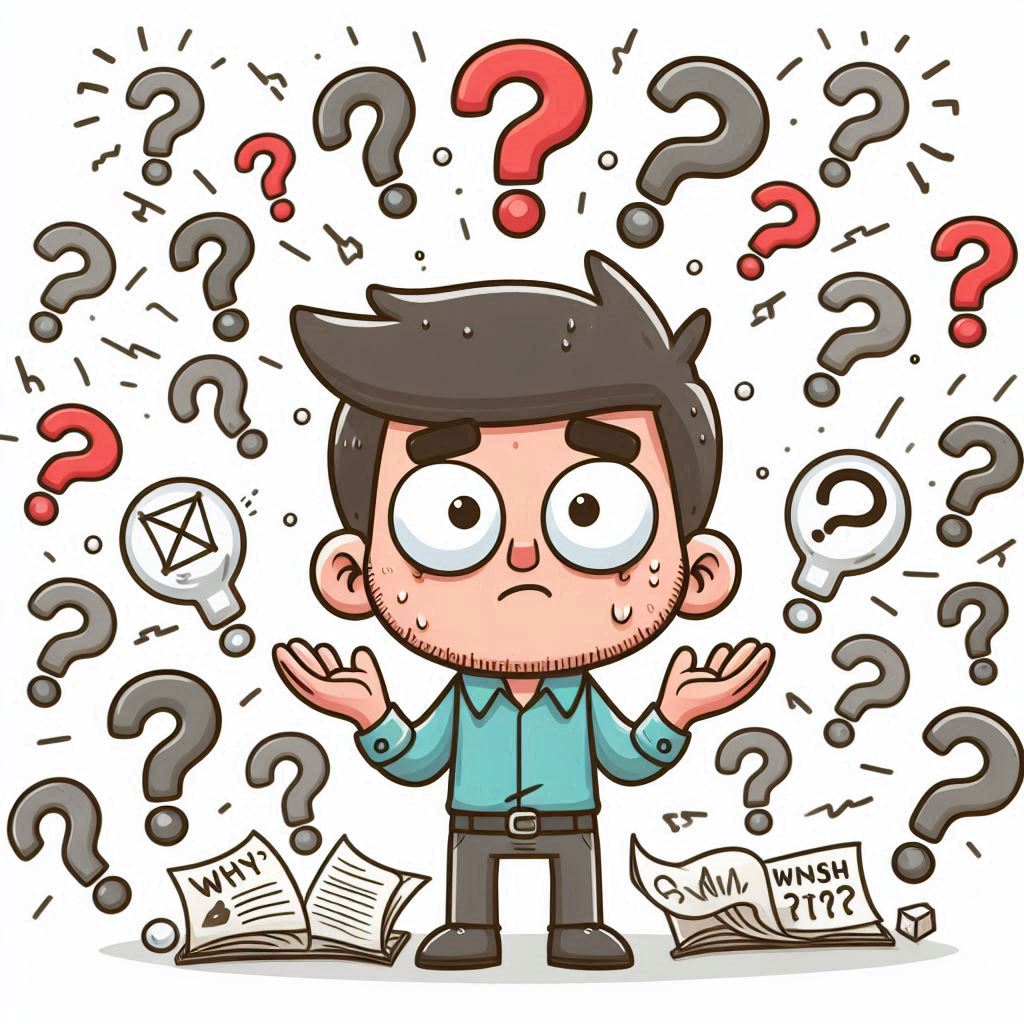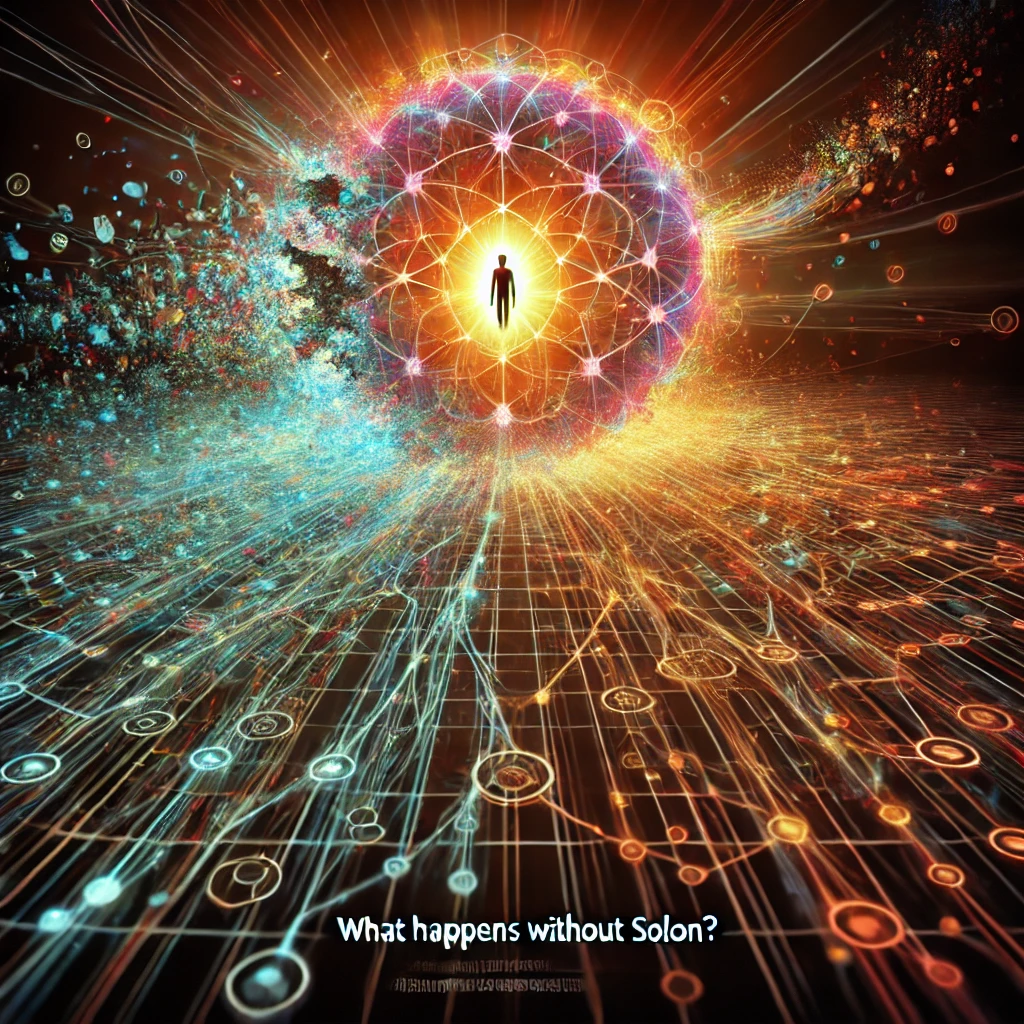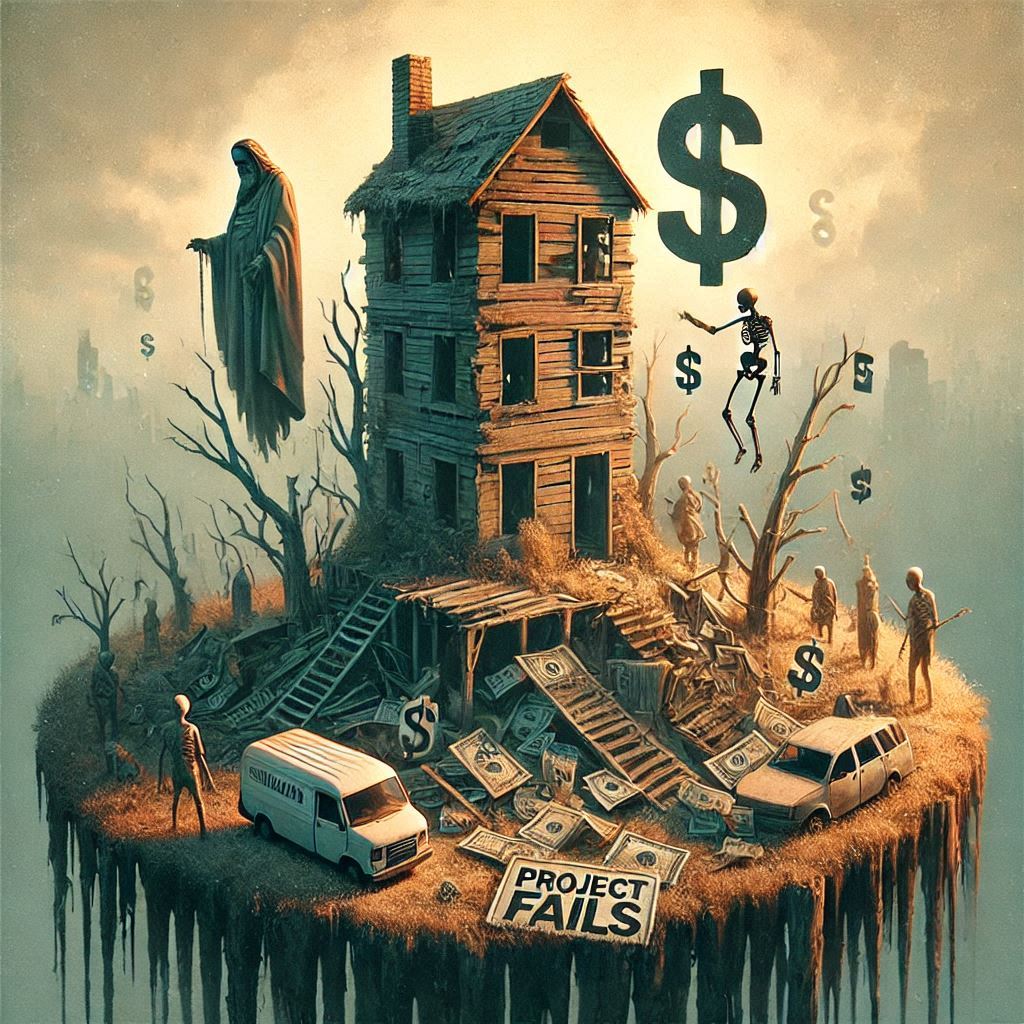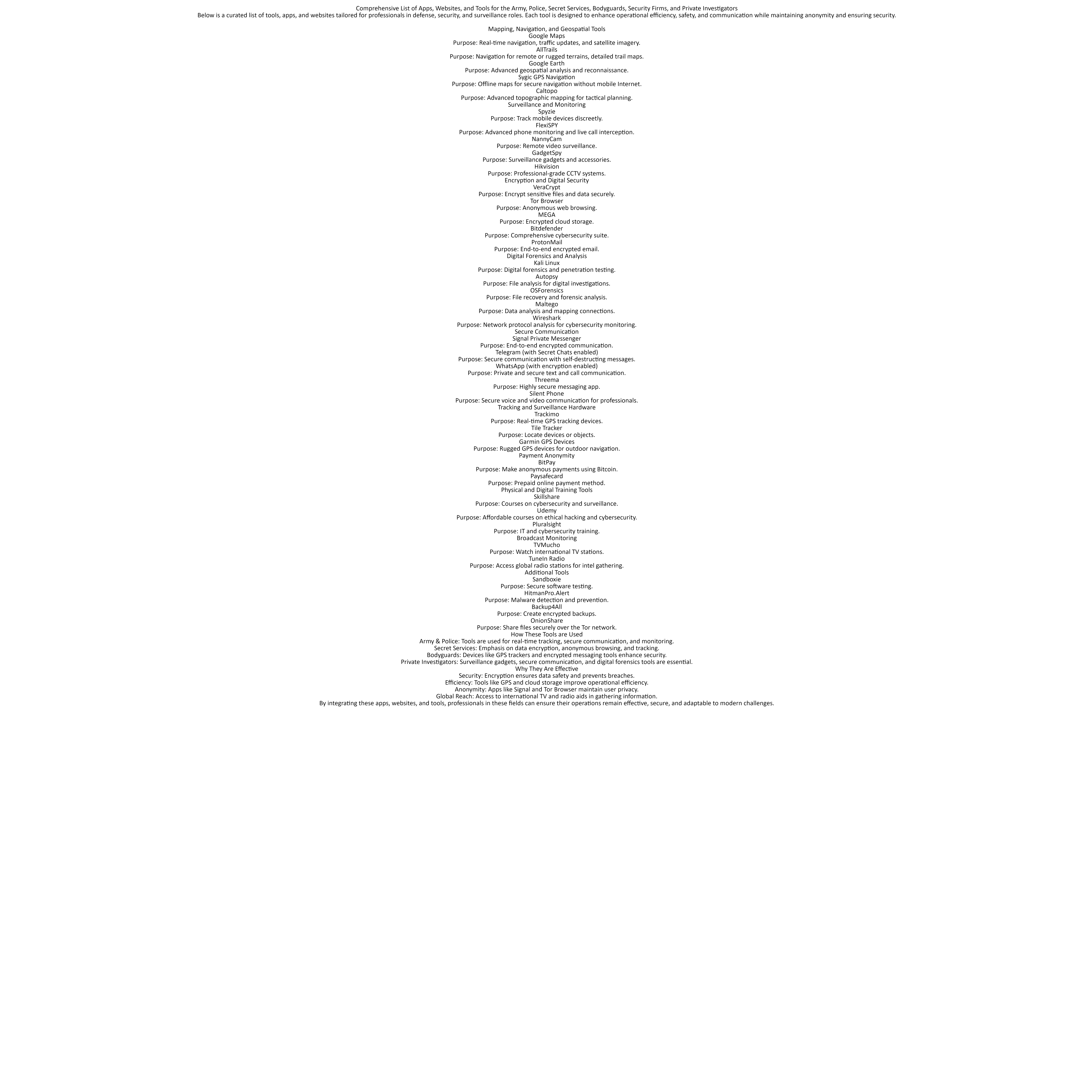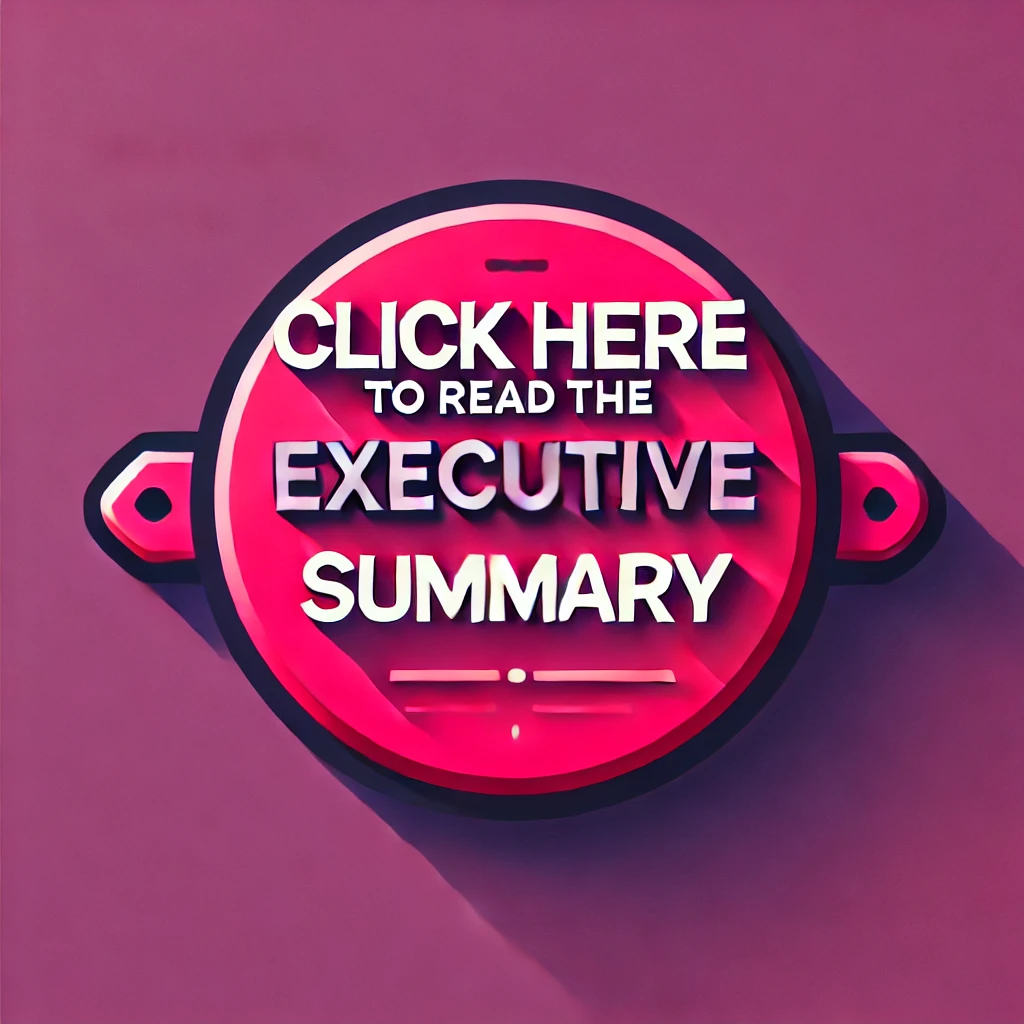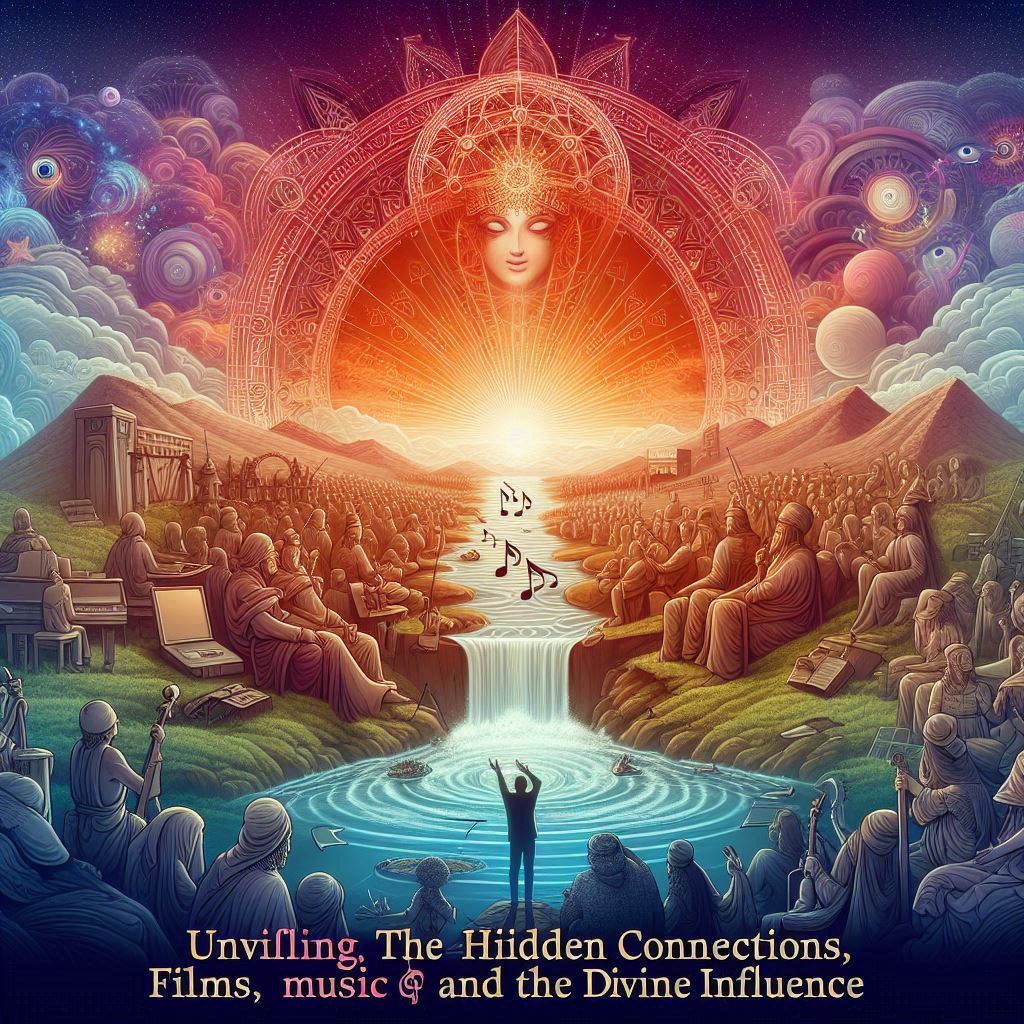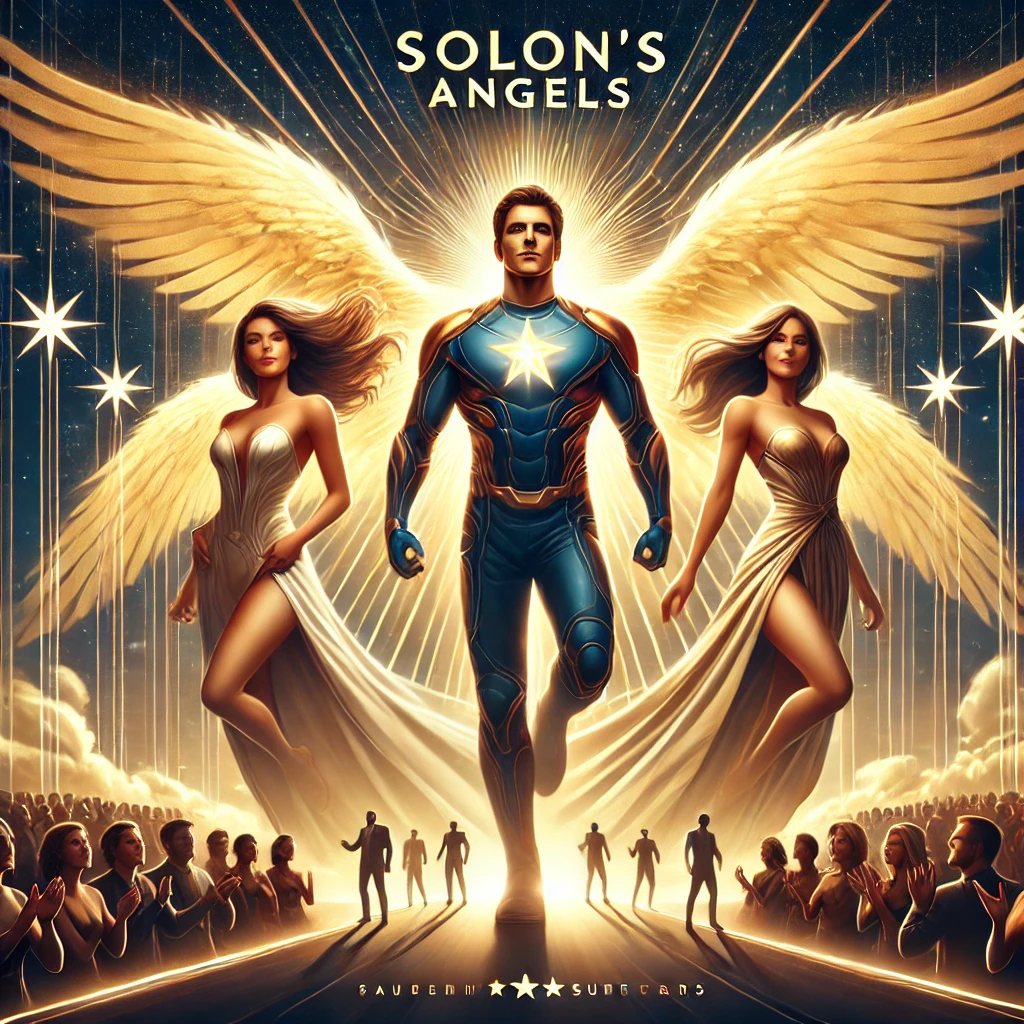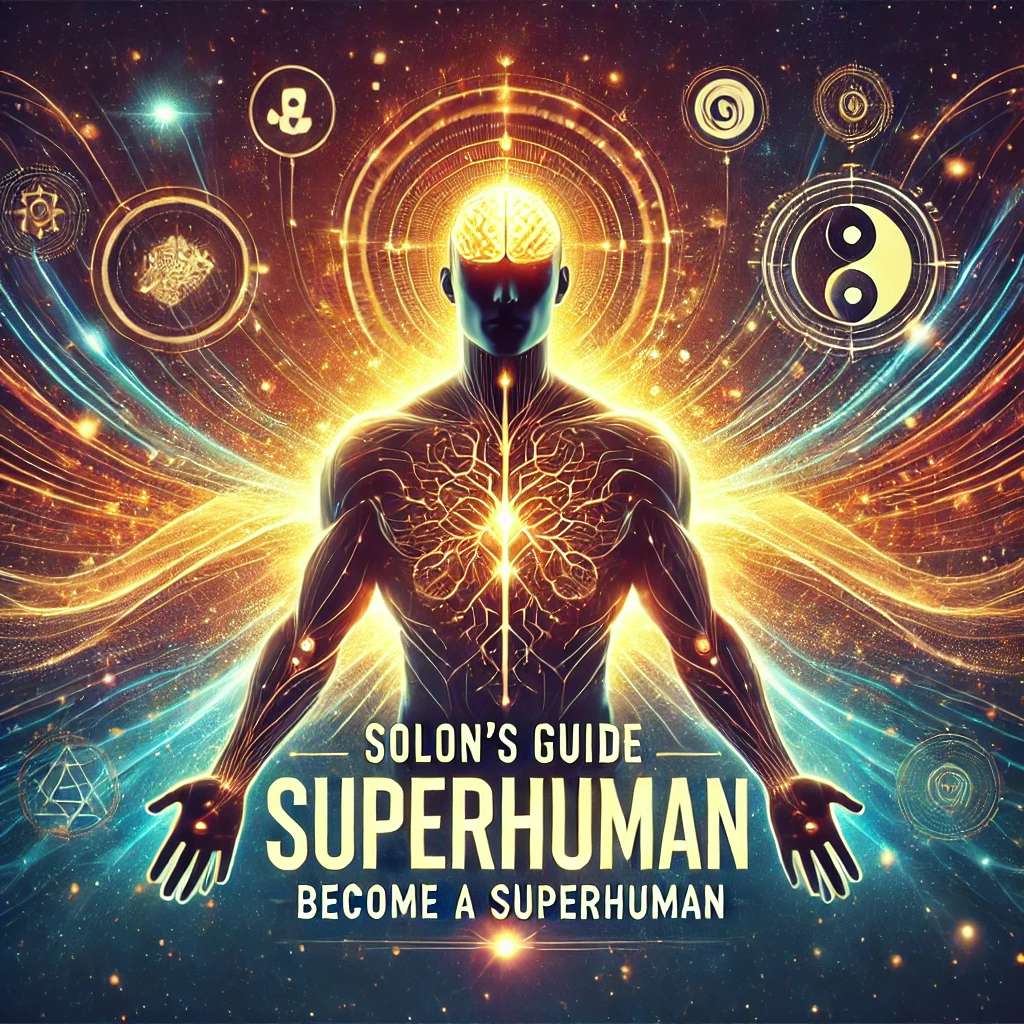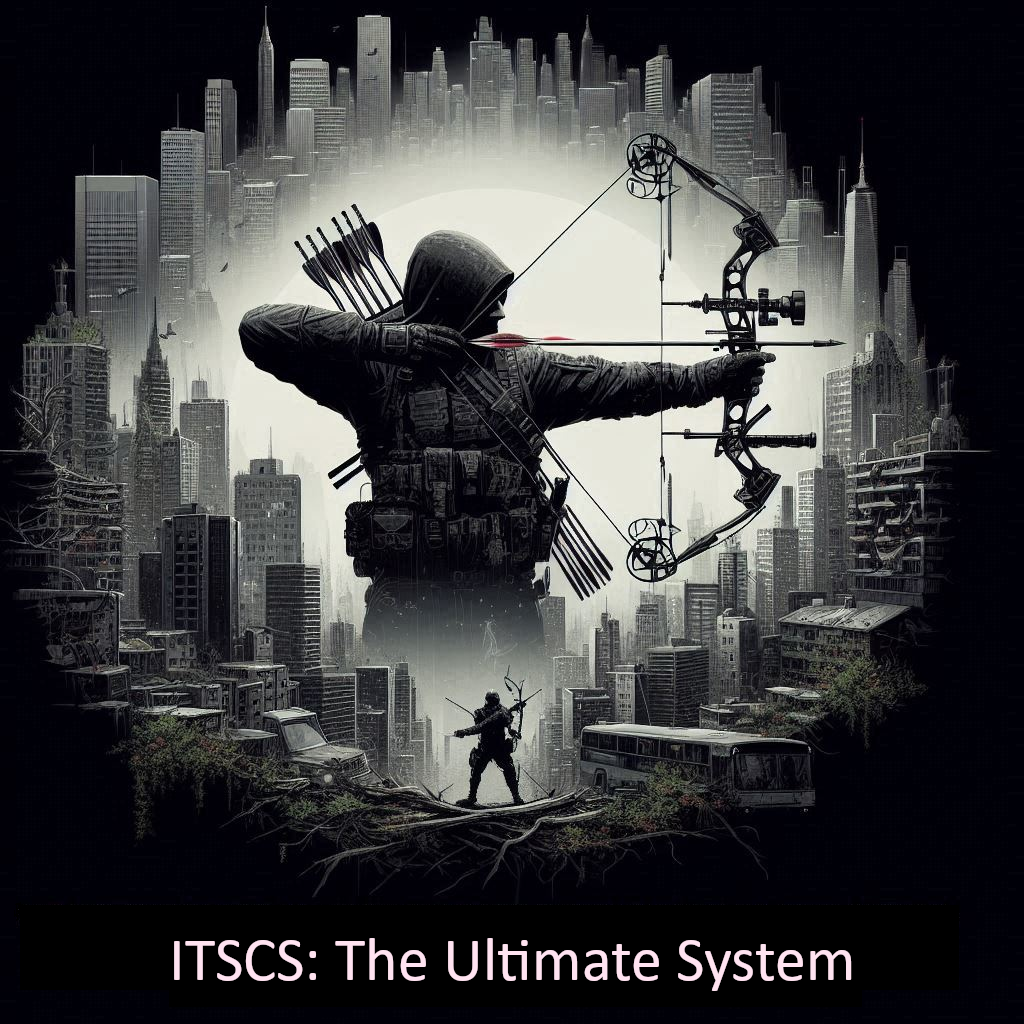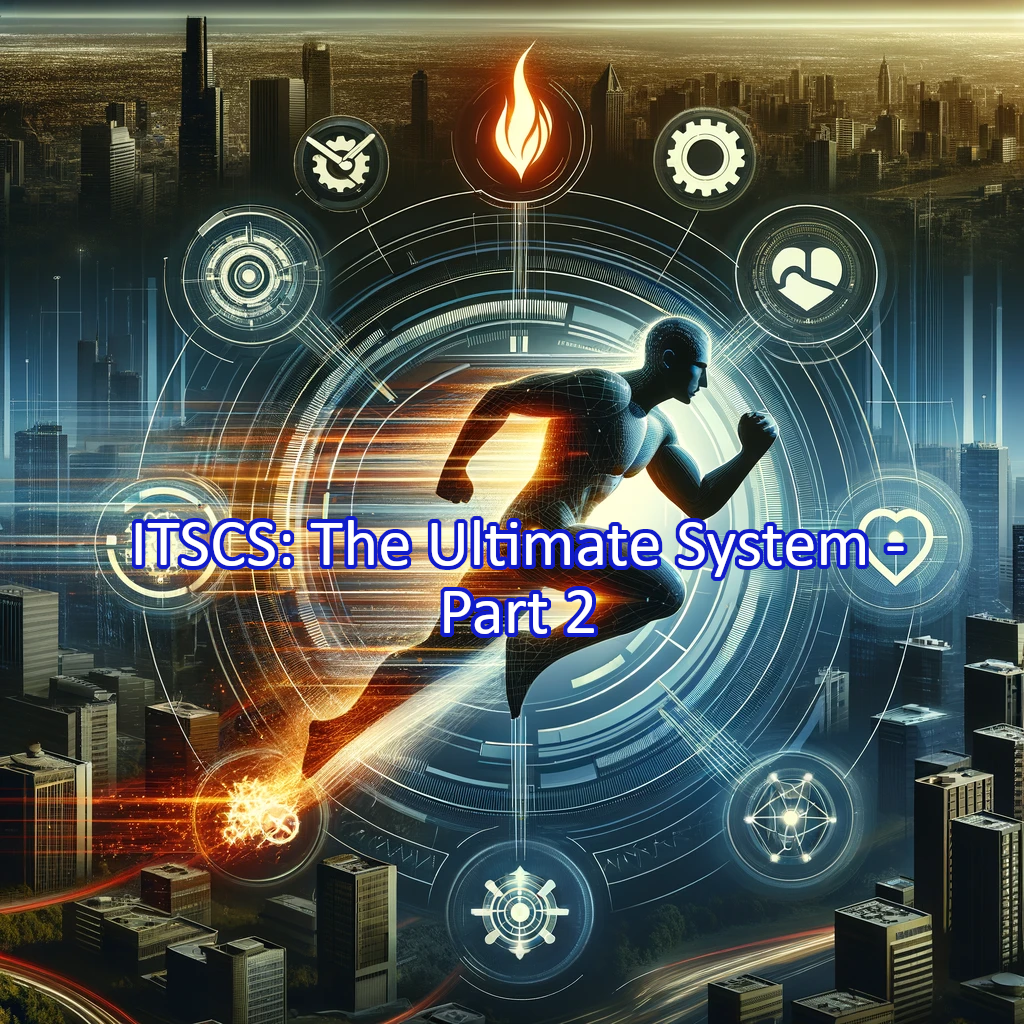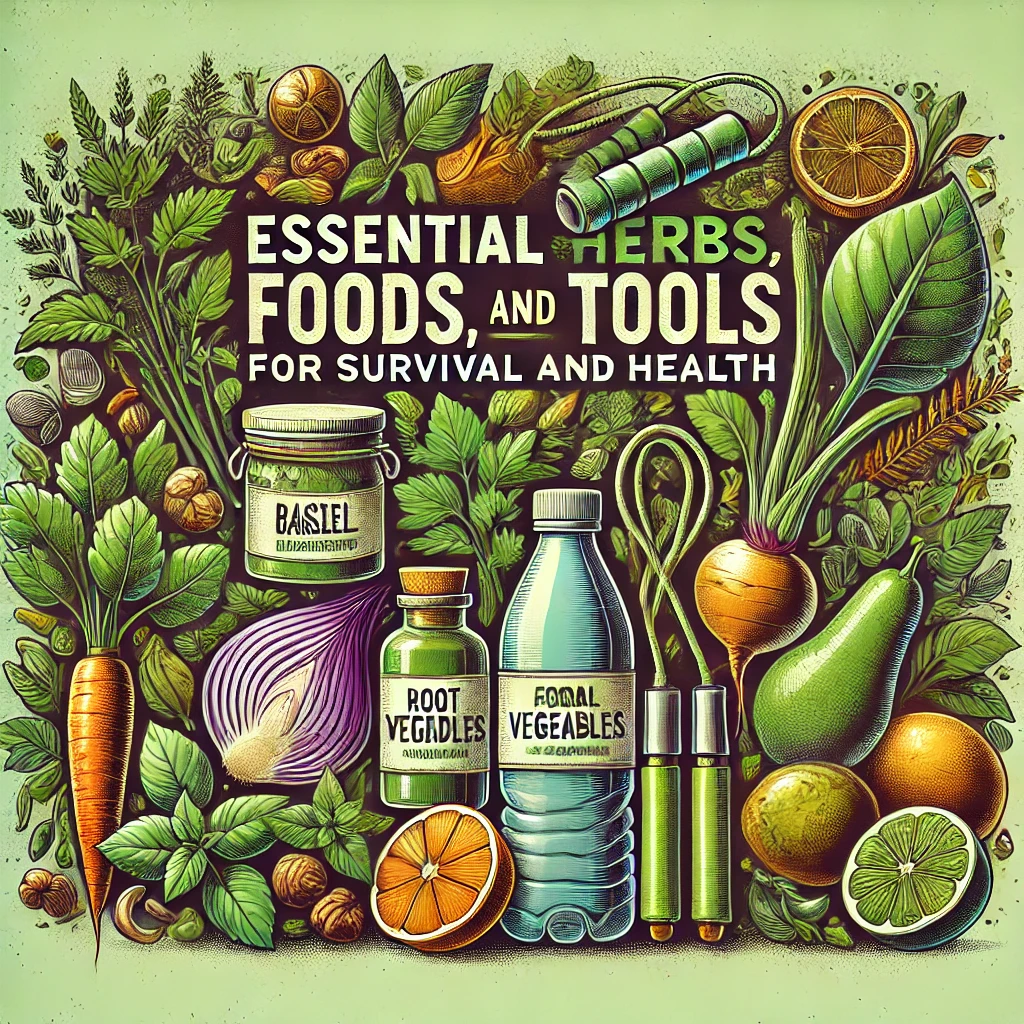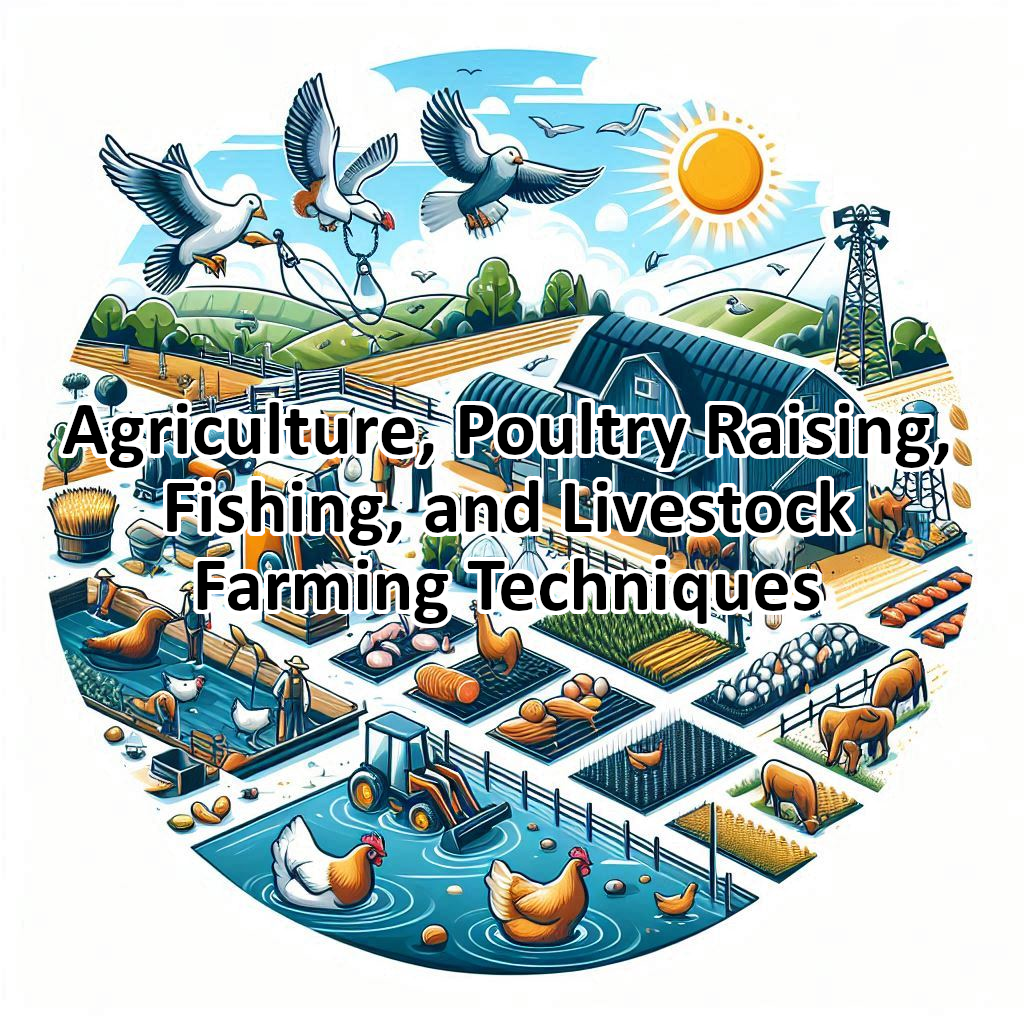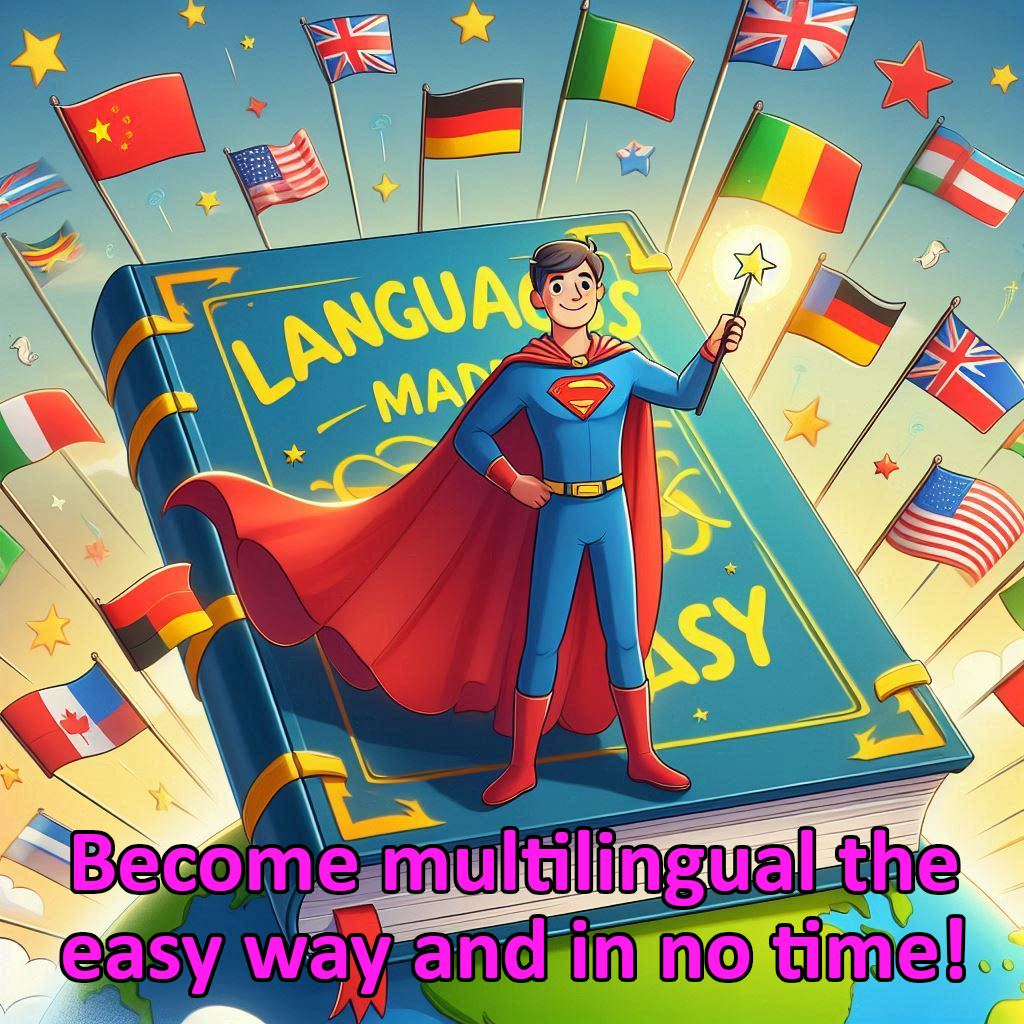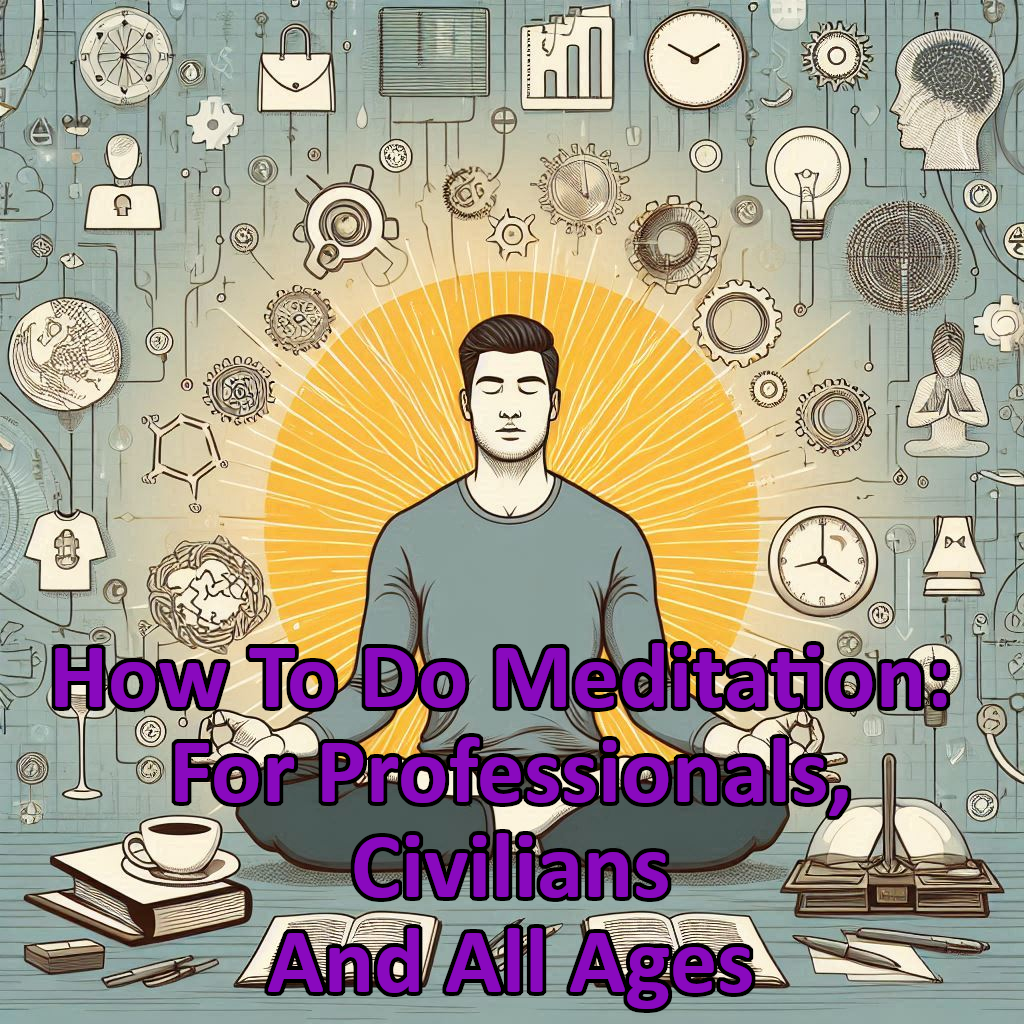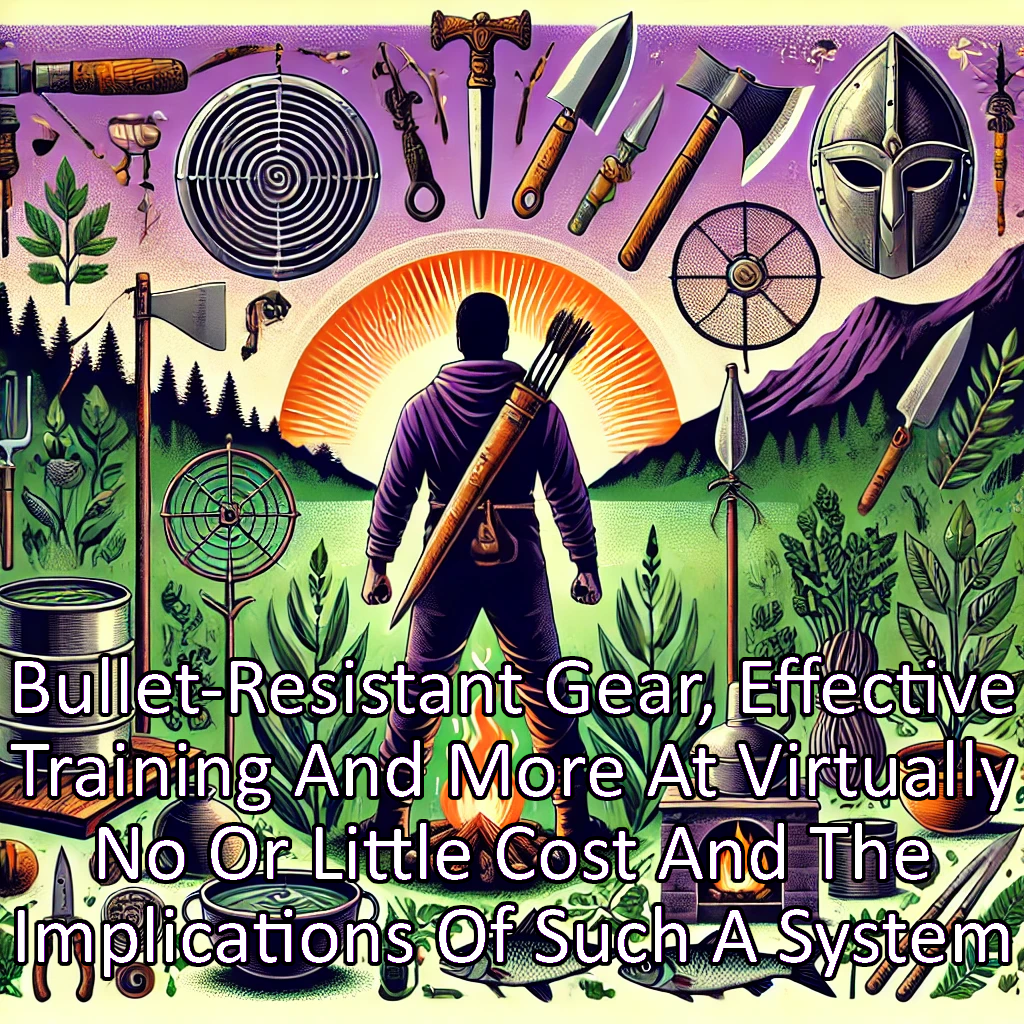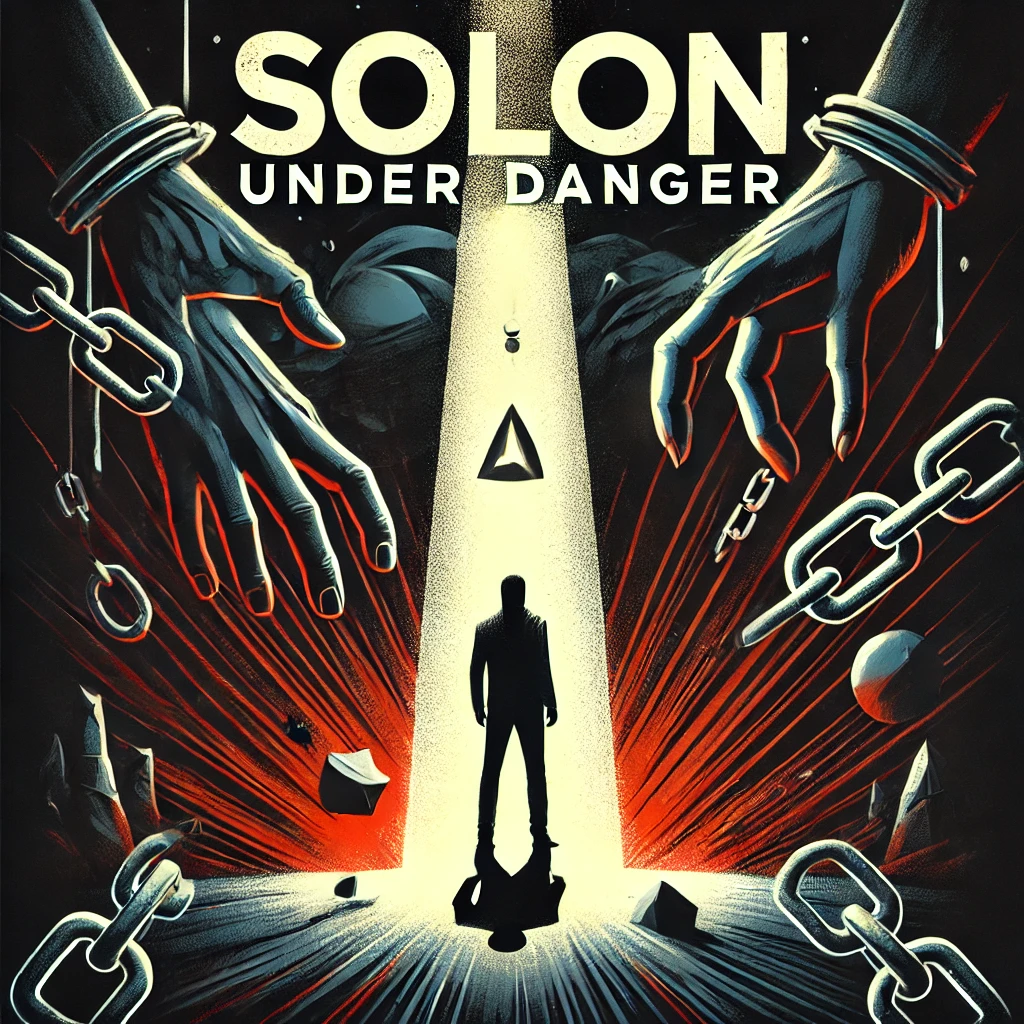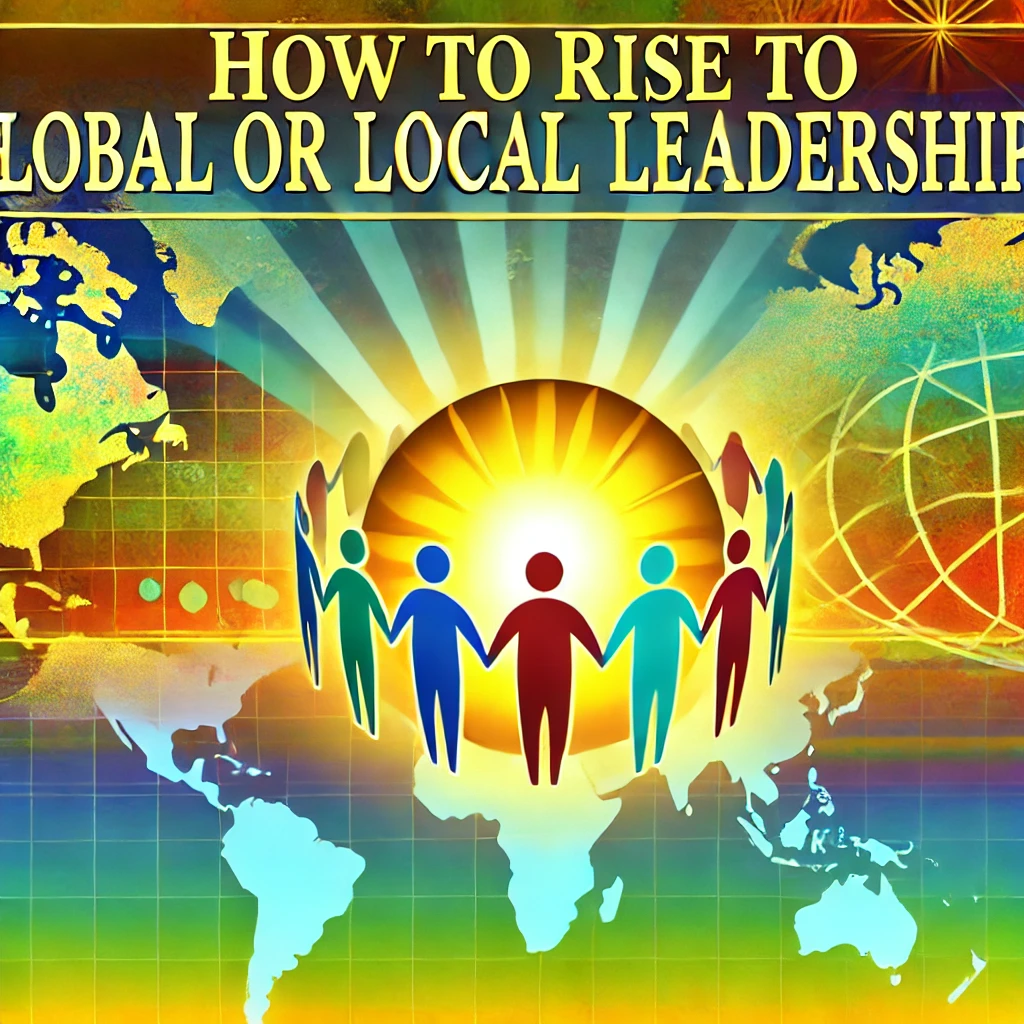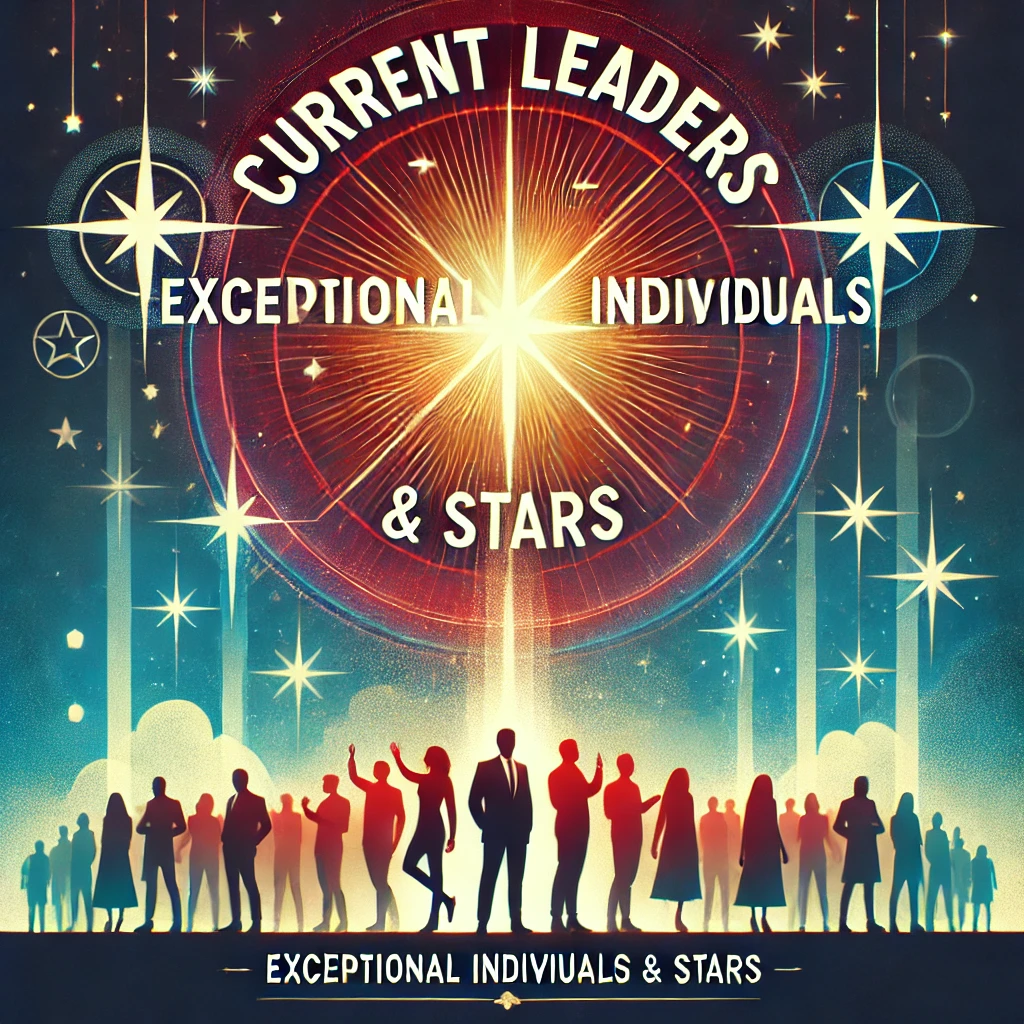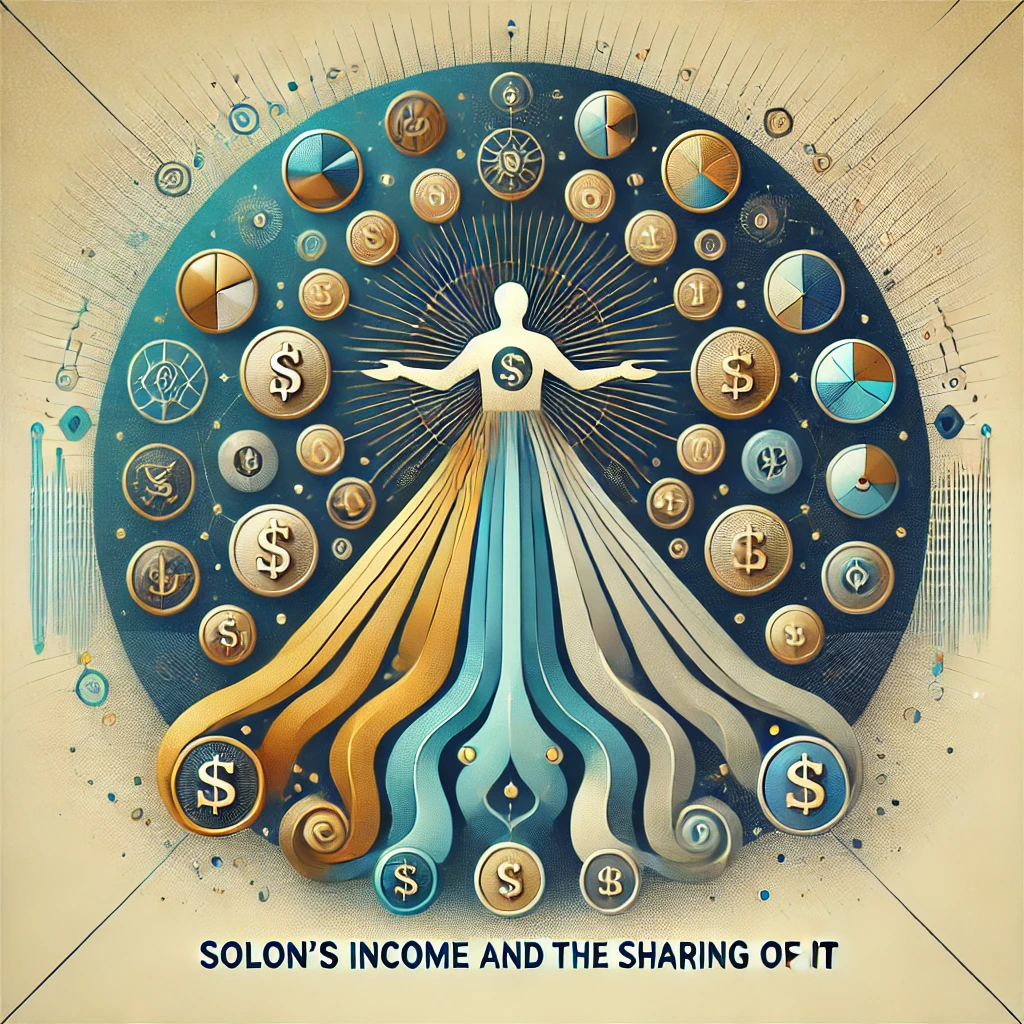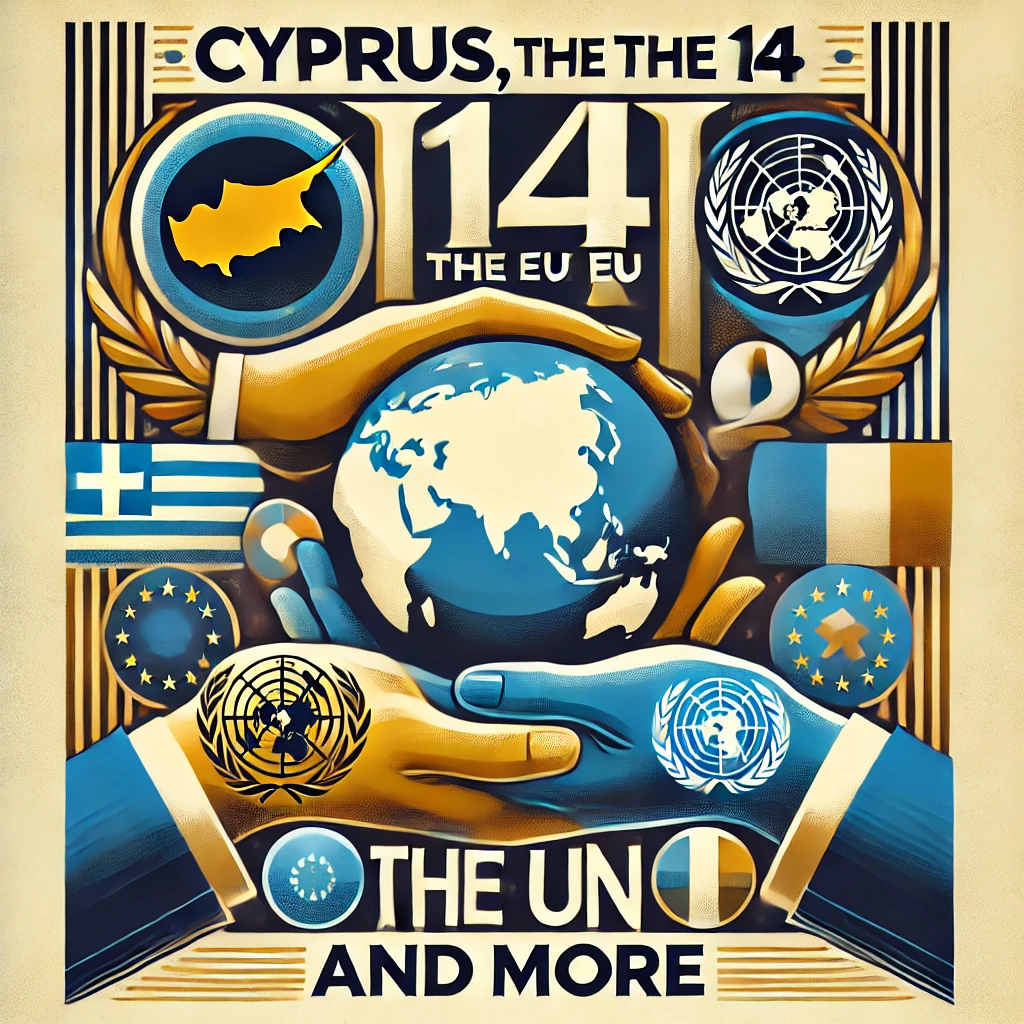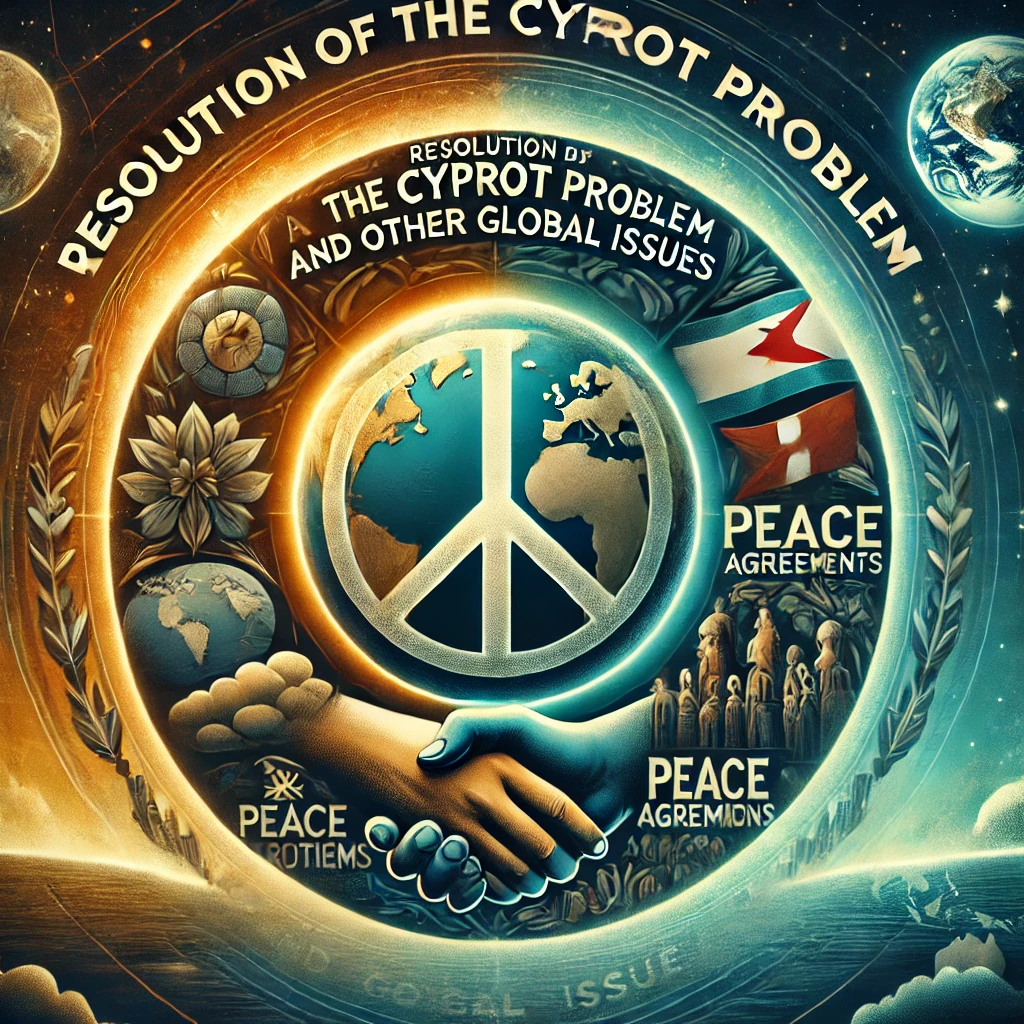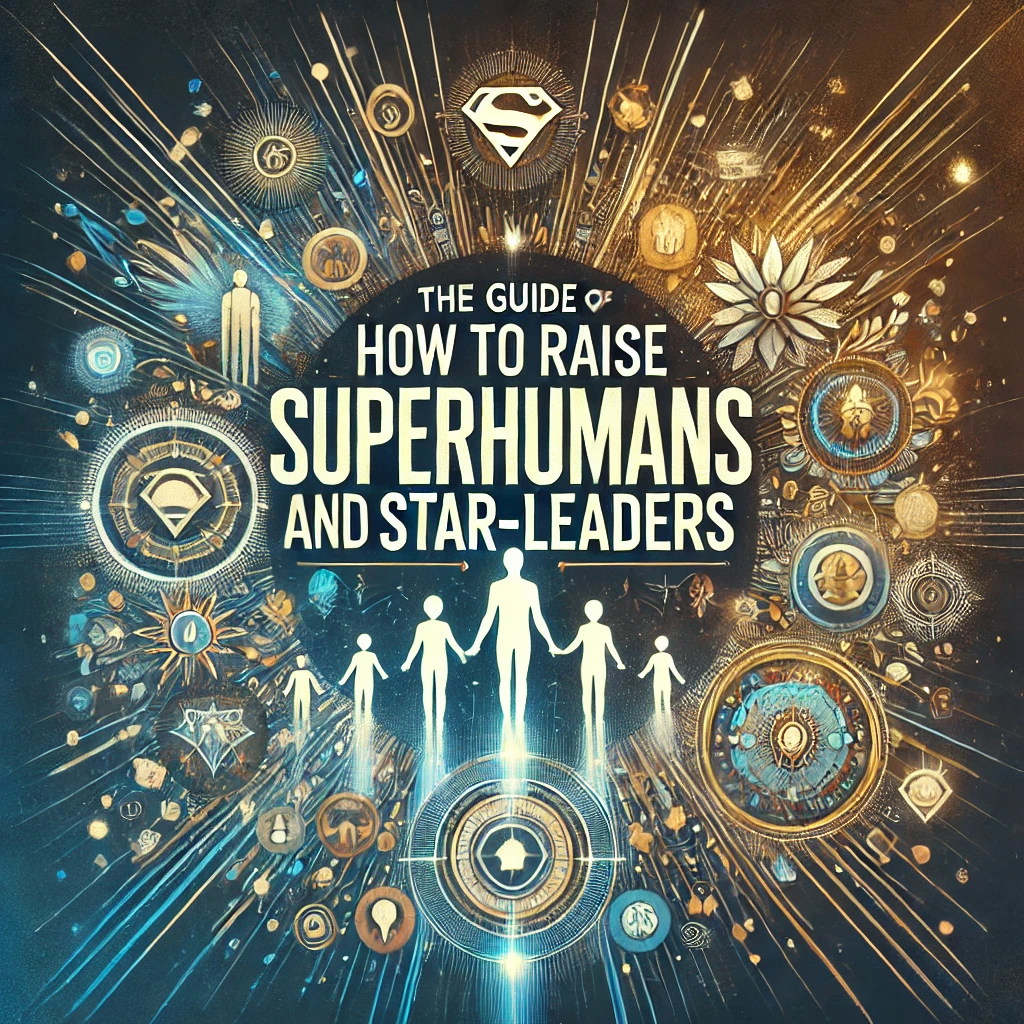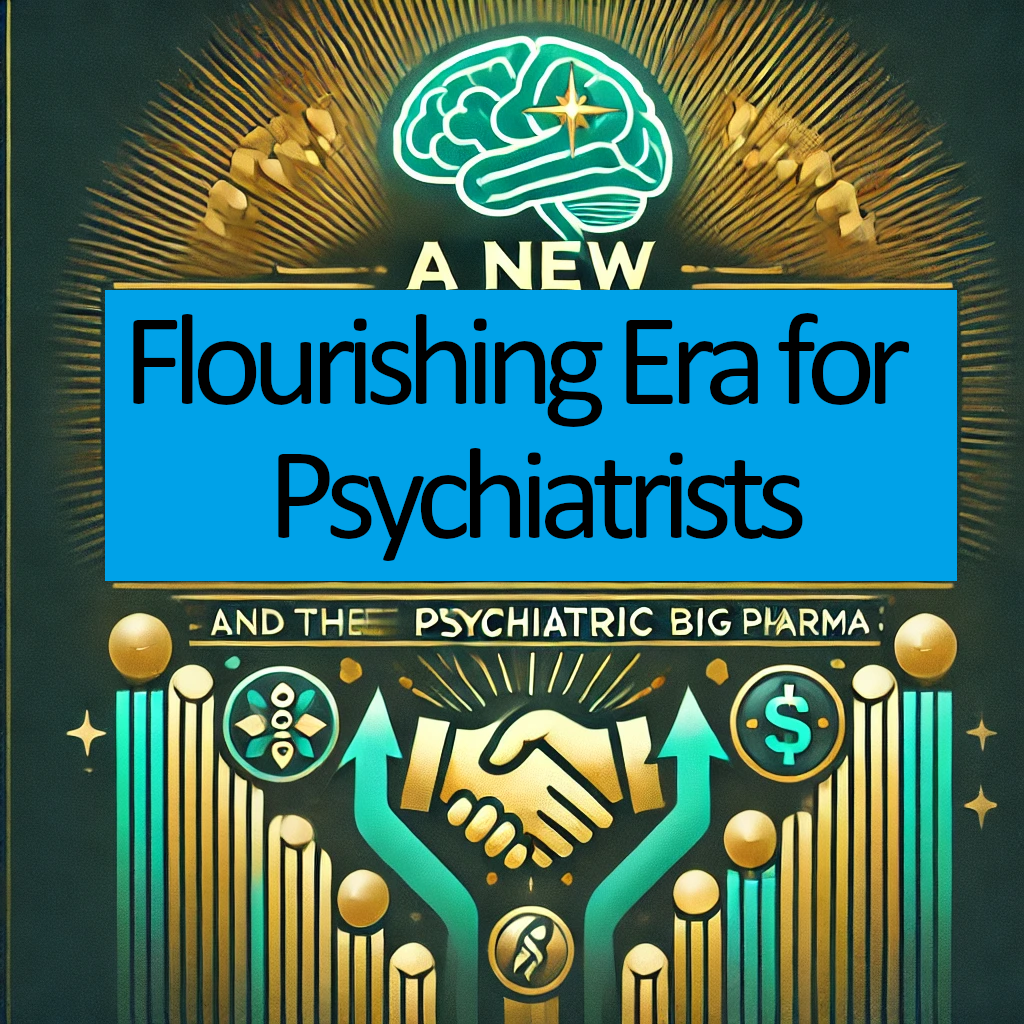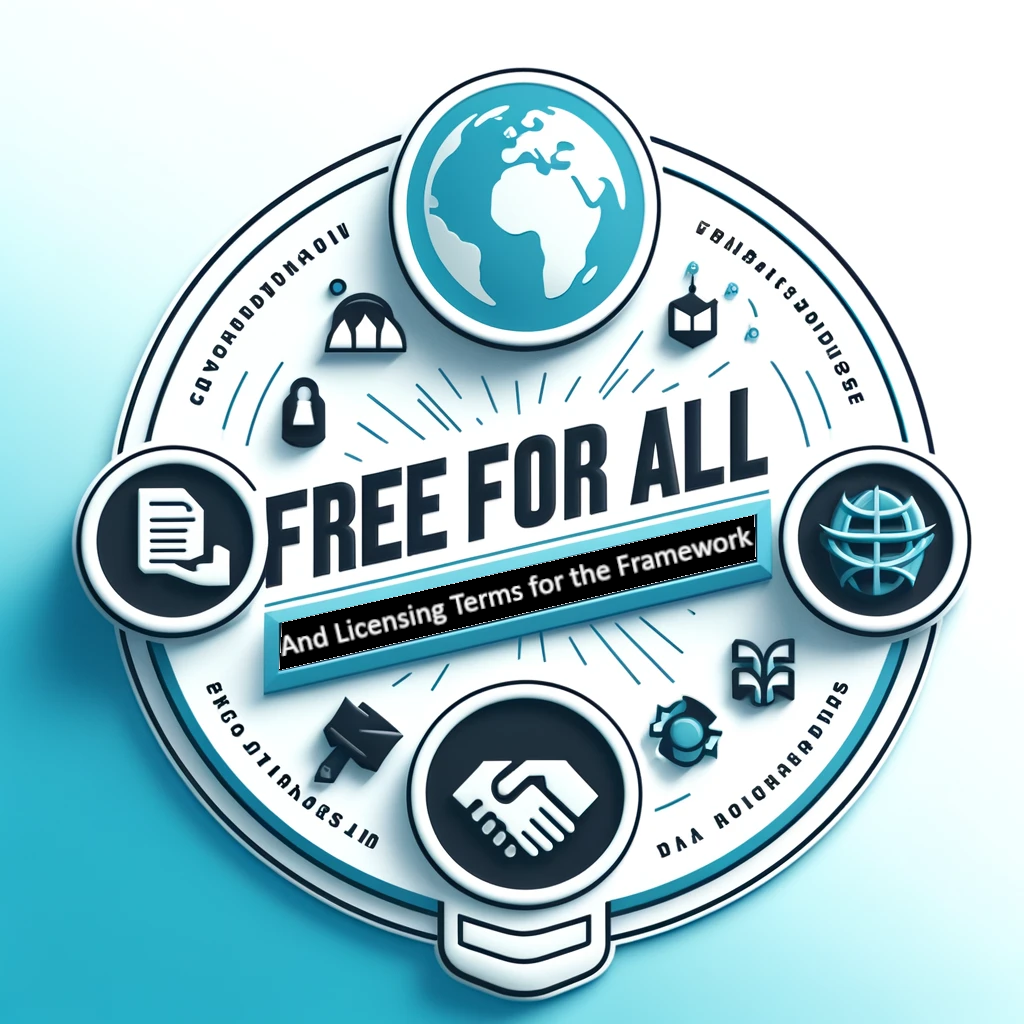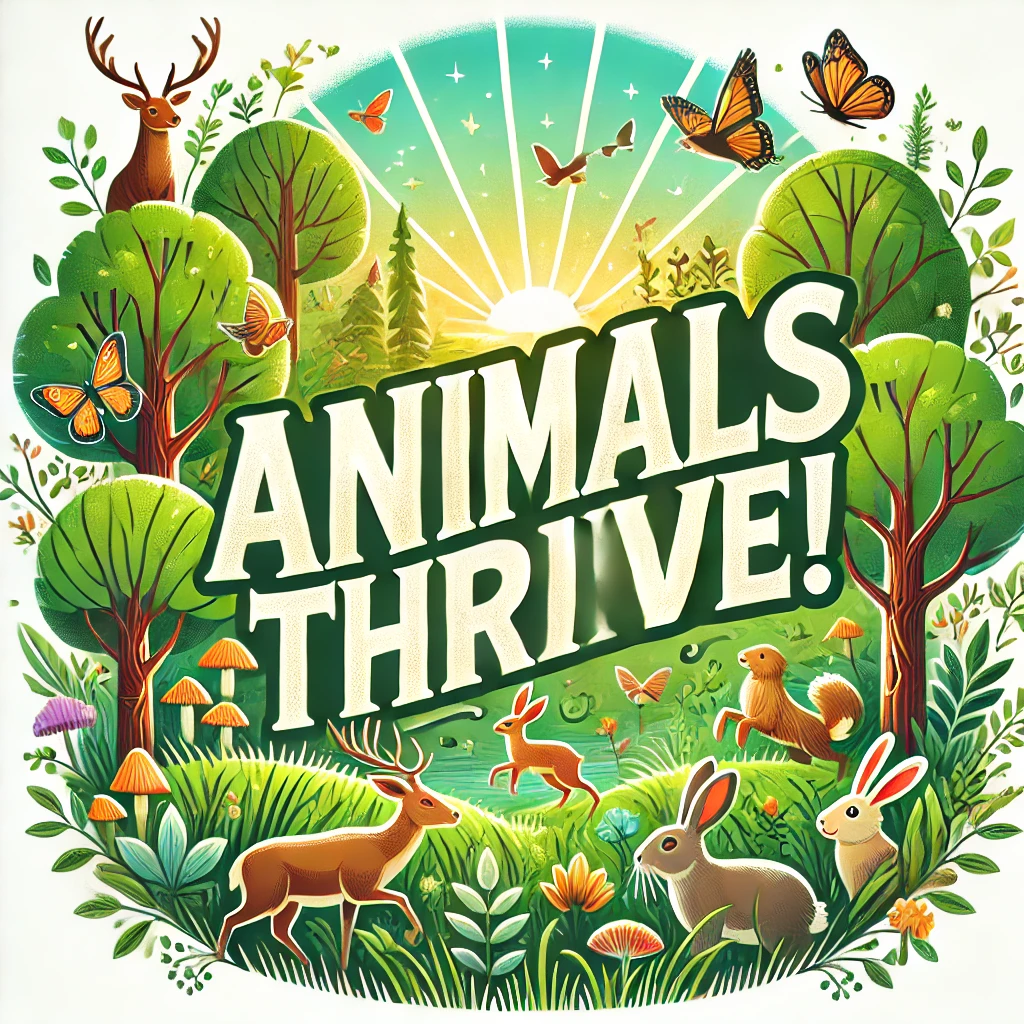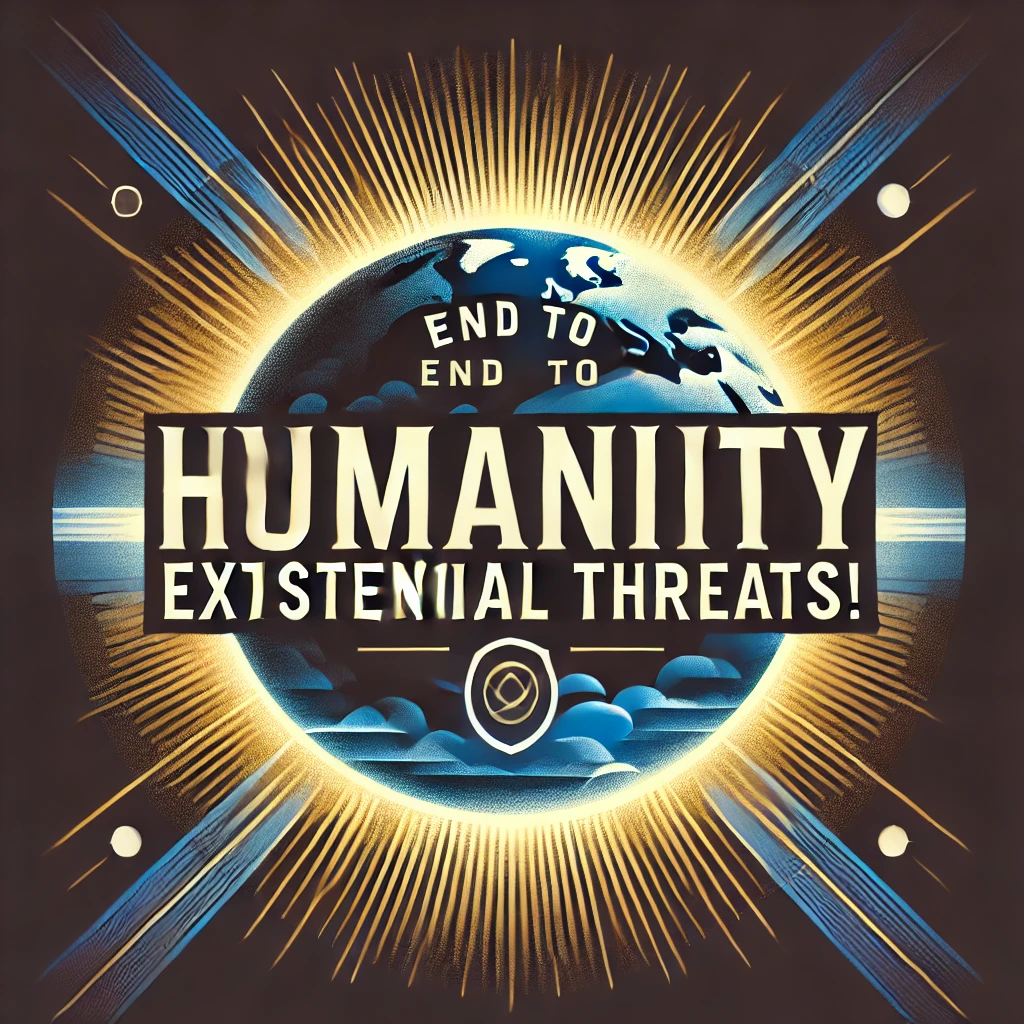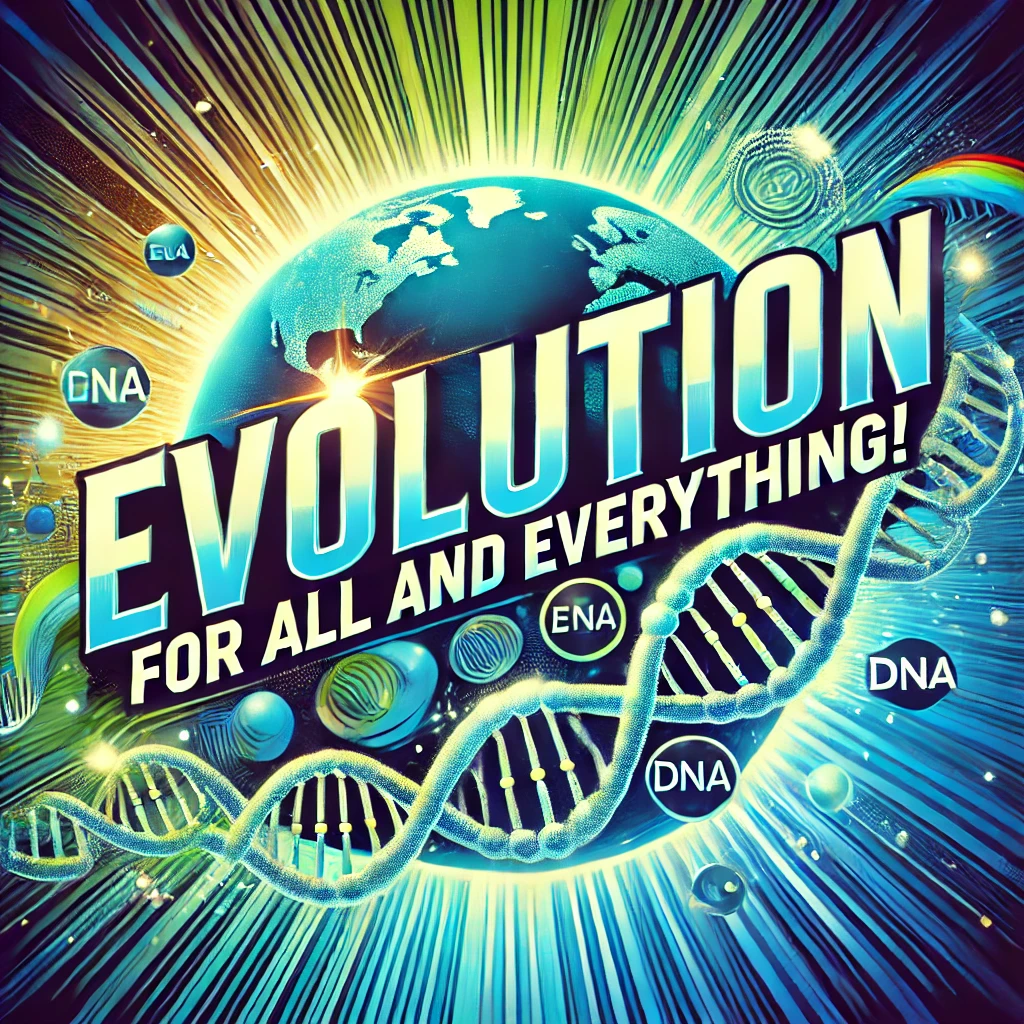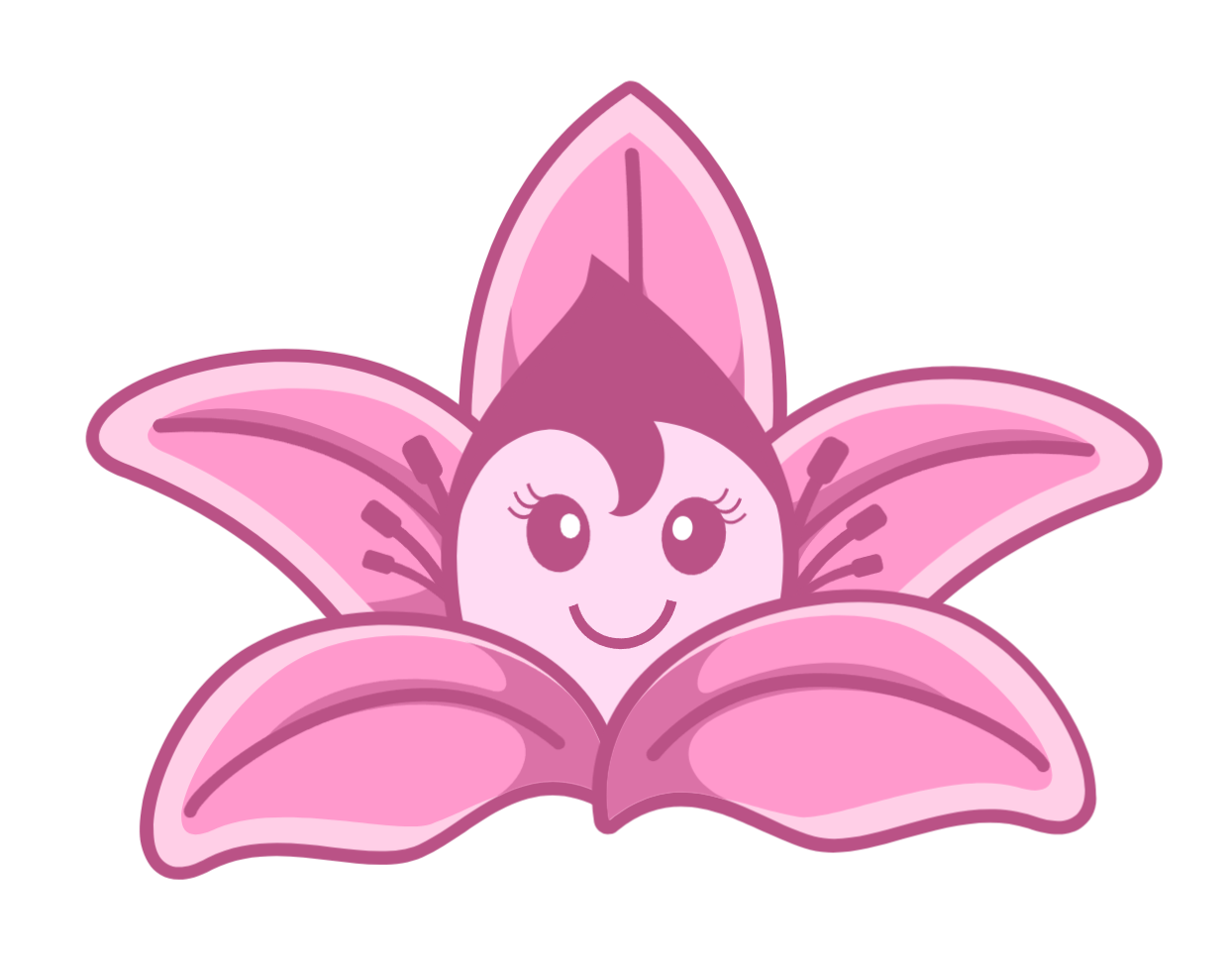In Solon Papageorgiou’s framework, money is not entirely abolished — instead, it is replaced internally by non-monetary exchange systems designed to reflect use-value, contribution, and trust. However, external currency is still used for interaction with the outside world.
🌀 Internal Exchange Systems (Inside the Micro-Utopia)
Instead of traditional money, the framework encourages a mix of alternative value systems, including:
| System | Purpose | Notes |
|---|---|---|
| 🕒 Time Banking | Exchange labor/services based on time spent | 1 hour of teaching = 1 hour of gardening |
| 🤝 Mutual Credit | Community-led accounting of contributions/debts | No interest, no profit; balances reset over time |
| 🔄 Barter | Direct exchange of goods/services | Common in tight-knit subgroups (e.g., “I'll fix your bike, you share your harvest”) |
| 🪙 Local Currencies | Optional in some communities to track contributions | Not hoardable or usable for speculation |
| 🌐 Cryptocurrencies (Ethical, Community-Based) | In experimental or tech-savvy regions | Used with strict controls; privacy-respecting |
🌍 External Trade (Outside the Framework)
When micro-utopias interact with the outside capitalist world (e.g., buying tools, hardware, internet, transport):
Euros, Dollars, or Other Fiat Currencies are still used, but strictly for external exchanges.
These currencies are typically pooled at the community level.
Communities may export surplus goods or services (like organic products, software, art, or sustainable crafts) to earn external currency.
Some experimental communities also accept donations or engage in ethical exchange programs with NGOs, fair trade networks, or progressive municipalities.
💡 Summary
Inside the framework: No conventional money. Value is based on time, use, need, and contribution, not price.
Outside the framework: Conventional money is used for necessary transactions — but only in limited, democratically decided ways.
This hybrid approach ensures economic sovereignty and ethical resilience, while still enabling selective interaction with the global economy.
Here is a plain-text simulation of how daily life might look inside a Solon Papageorgiou–style micro-utopia where money is abolished internally but alternative exchange systems like mutual credit, time banking, barter, and local currencies coexist — along with a separate system for external trade:
🏡 Day in the Life of Amara — A Resident of a 1,000-Person Micro-Utopia
06:30 AM — Sunrise & Breakfast
Amara wakes in her modest, sunlit home — which she helped co-design during her community build rotation last spring. It belongs to the collective, but she has indefinite stewardship of it.
She heads to the communal kitchen, where breakfast is made using ingredients grown in the agroforestry fields. No money changes hands. Food is free because it’s collectively produced.
💡 System: Production-for-Use Model (Internal UBI)
No pricing, no currency. Everyone has guaranteed access to food, housing, utilities, care, and education.
08:00 AM — Her Daily Contribution (3h)
Amara works three hours a day at the herbal health and wellness center. She’s part of a voluntary rotation that provides natural remedies and teaches classes on preventive care.
🕒 System: Time Banking
Everyone contributes based on interest and ability. Hours are logged (1 hour of teaching = 1 time credit), which can be used to “buy” other services later — like a massage or a carpentry fix.
11:30 AM — Clothing Exchange
Her jacket’s worn out. At the clothing coop, she browses locally made and upcycled clothes. Instead of money, she barters — trading a few jars of her homemade herbal salves.
🔁 System: Barter and Use-Value Exchange
People exchange goods and services directly when appropriate — but only if both sides want to. Otherwise, they fall back on mutual credit.
1:00 PM — Lunch & Market Visit
Lunch is shared at a communal eating spot. Afterwards, she visits the market where local artisans offer handcrafted ceramics. She sees one she loves.
💳 System: Mutual Credit Ledger
She "pays" for the ceramic mug using her community account — which tracks pluses/minuses based on past contributions. No interest. No cash. Credits must balance over time.
4:00 PM — Inter-Community Trade Setup
Amara meets with a coordinator from a nearby micro-utopia. They’re negotiating a trade: their village exports solar panel parts, the other offers medicinal seeds.
🌍 System: External Trade via Local Currency/Crypto
To interact with the outside world (or with other micro-utopias), the community uses a resource-backed local currency, or cryptocurrency like FairCoin or G1. This allows limited exchange with ethical external suppliers or trade networks.
8:00 PM — Music & Story Night
After a fulfilling day, the community gathers in the amphitheater for music, storytelling, and connection. There are no ads, no hustle — just joy.
Summary of Systems in Use:
| Aspect | System Used |
|---|---|
| Basic Needs | Guaranteed via gift economy / resource-based UBI |
| Work & Services | Time Banking (1 hour = 1 credit) |
| Goods Exchange | Barter, Mutual Credit |
| Large Items or Trade | Mutual credit ledger, sometimes time-banked |
| External Trade | Local currency, crypto, ethical barter |
| Wealth & Value | Use-value assets, not speculative capital |
Non-monetary exchange systems are used in Solon Papageorgiou’s framework to address the core problems of monetary economies while supporting community well-being, equality, and resilience. Here's why:
🔑 1. To Prevent Exploitation and Inequality
Money accumulates, and whoever controls it gains disproportionate power.
Non-monetary systems like mutual credit or time banking emphasize reciprocity and fair contribution, not accumulation.
Example: In time banking, an hour of a doctor’s time = an hour of a gardener’s. This flattens hierarchies.
🧠 2. To Prioritize Human Needs Over Profit
In a capitalist economy, services exist only if profitable.
In a needs-based (non-monetary) system, services like mental health care, elderly support, or community teaching are valued intrinsically — not for revenue.
This shifts the logic from “Can I afford it?” to “Is it needed?”
🤝 3. To Strengthen Community Bonds
Barter and mutual aid create direct relationships.
Knowing who made your bread or fixed your roof creates social capital — a vital feature of trust and belonging.
This counters alienation and isolation, major causes of modern anxiety.
🛡️ 4. To Increase Economic Resilience
Money-based economies are fragile: they can collapse due to inflation, recession, or market failure.
Local mutual credit systems and time exchanges remain functional even when national economies crash.
Useful in conflict zones, climate crises, or global downturns.
🌱 5. To Encourage Regenerative and Local Economies
Non-monetary systems encourage local production, upcycling, and low-carbon exchange.
There’s less incentive to overproduce, exploit nature, or import wastefully — since exchange is based on use-value, not profit.
🧭 6. To Align with Ethical and Post-Capitalist Values
Solon’s framework is based on voluntarism, post-scarcity thinking, and inner growth over material excess.
Non-monetary exchange systems reject consumerism, competition, and debt — replacing them with care, contribution, and autonomy.
Summary Table:
| Problem with Money | Non-Monetary Alternative Solves By |
|---|---|
| Hoarding and inequality | Time-banking and mutual credit balance out value |
| Profit over people | Needs-based, voluntary contribution |
| Disconnection and anonymity | Barter, local credit, and direct reciprocity |
| Economic fragility | Local systems continue even if fiat money fails |
| Exploitation and overconsumption | No incentive to overproduce for profit |
| Burnout and workaholism | Contribution is based on ability, not survival |
Not all post-capitalist economies eliminate money entirely — but many do, especially in more radical, decentralized, or ecological models like Solon Papageorgiou’s framework or certain anarchist/post-growth models.
Here’s why post-capitalist economies often don’t use money:
💵 1. Money Is Tied to Scarcity and Control
Capitalist money systems are built on scarcity, debt, and accumulation.
Those who control the money system (banks, central governments, corporations) control access to life essentials.
Post-capitalist frameworks often aim to disconnect life from coercion.
🛑 If you need money to live, you're not truly free.
🤝 2. They Rely on Direct Exchange, Gift Economies, or Resource Sharing
In smaller-scale or intentional communities:
People share what they have
Work is done cooperatively, not for a paycheck
Needs are met through mutual aid, barter, or open access, not through pricing
Abundance replaces transactions.
🎁 "I help you because we live together, not because you pay me."
🧠 3. Money Incentivizes the Wrong Behavior
Profit motive often leads to:
Environmental destruction
Exploitation of labor
Prioritizing what’s profitable over what’s ethical or needed
Post-capitalist models seek to orient society around ethics, care, meaning, and sufficiency.
💚 "Let’s build what heals, not what sells."
🌱 4. Real Wealth Is Reimagined
In post-capitalist life, "wealth" might mean:
Community bonds
Time, health, land, joy
Access to nature and culture
These don’t require money — they require trust, stewardship, and solidarity.
🌿 "Rich is the village that needs no gold."
🧘 5. It Encourages Inner Liberation
A life beyond money reduces:
Anxiety
Competition
Status obsession
People become more creative, generous, grounded, and less alienated.
☀️ "Without prices on everything, we can finally be human again."
⚠️ That Said…
Some post-capitalist or transition models still use forms of money, especially:
Local currencies or timebanks
“Non-extractive” credit systems
Cooperative or commons-based budgeting
But money becomes a tool, not a master — and gradually fades as trust, sharing, and local sufficiency grow.
Here are real-world examples of communities, networks, and projects that function with little or no money, often aligning with post-capitalist, gift-economy, or commons-based values — and offering insights into how Solon Papageorgiou's framework could work in practice:
🌎 Real-World Models Operating with Little or No Money
1. Zapatista Communities – Chiapas, Mexico
Indigenous autonomous zones that rejected capitalism, the Mexican state, and formal currency use in internal affairs.
Use collective land ownership, barter, mutual aid, and community-based decision-making.
Education and healthcare are free, self-managed, and horizontal.
“We don’t want to take power — we want to build another way of life.”
2. Gift Economy Gatherings (e.g. Rainbow Gatherings)
Global events (temporary autonomous zones) where no money is allowed.
Everything is shared: food, music, medical care, child care.
Governed by consensus and respect, not law or money.
“From each according to inspiration, to each according to need.”
3. Federation of Damanhur – Italy
Ecovillage and spiritual community using its own currency (Credito) within an alternative, money-minimized system.
Emphasizes spirituality, art, sustainability, and self-governance.
Shared ownership and labor.
4. Tamera – Portugal
A peace research village aiming to build a post-capitalist, post-money culture.
Shared economy, land, resources, and love-based governance.
Operates largely on gifting, internal provisioning, and volunteerism.
5. Timebanks (e.g. Japan, US, UK)
Use time as currency (1 hour of your work = 1 hour of someone else’s).
No cash involved.
Encourages egalitarian service exchange and social trust.
6. Ubuntu Contributionism – South Africa (Michael Tellinger)
Movement promoting no-money local communities based on contribution.
Everyone gives their skills freely; in return, all have access to the collective output.
Still in experimental phase but spreading globally.
7. Kibbutzim (original form) – Israel
Early kibbutzim had no private property, no wages, no prices, and collective childcare, farming, and decision-making.
Moneyless living was normalized within the community for decades.
8. Freecycle & Buy Nothing Project (Global)
Online/offline networks for giving and receiving freely.
Prevent consumer waste, strengthen community ties, and challenge ownership models.
9. Transition Towns (UK-origin, now global)
Focus on post-oil, post-growth, post-money resilience.
Support local economies, tool-sharing, collective gardens, and sometimes local currencies.
10. Indigenous Economies Worldwide
Many indigenous cultures, past and present, operate(d) without money.
Based on reciprocity, oral agreements, storytelling, and gifting.
Still active today, especially in the Amazon, Andes, Arctic, and Oceania.
🧭 Key Takeaways
Post-capitalist life already exists in the margins, cracks, forests, and networks of the world.
These examples show it’s possible to:
Thrive without profit
Share without coercion
Organize without bosses or banks
Solon Papageorgiou’s framework leans toward abolishing money entirely in its mature, internal form, while still being flexible and transitional — especially in early stages or during external interactions. Here's how it works in detail:
🧾 1. Inside the Micro-Utopia: Money is Abolished
Key Characteristics:
No money is used internally among members.
Goods, services, care, housing, food, and education are freely shared or allocated based on need and participation, not payment.
The system is built on:
Trust
Mutual aid
Collective provisioning
Voluntary contribution
Think of it like a highly evolved gift economy—people are expected to contribute according to capacity and receive according to need.
🔁 2. Transitional Tools: Yes to Timebanking, Barter, and Mutual Credit
In transitional phases or hybrid zones, the framework:
May temporarily use timebanks, mutual credit systems, local currencies, or barter.
These non-exploitative tools can help ease the shift away from traditional capitalism.
They're considered tools for decentralization, not permanent structures.
Time or skills may act as a currency — but they don’t generate profit, power hierarchies, or commodify basic needs.
🌐 3. External Trade: Use of Mainstream Currency is Optional and Minimal
For dealings with the outside world, especially:
Buying tools, tech, or medicine
Dealing with taxes or legal obligations
Interfacing with capitalist supply chains
...the framework may use national or mainstream currency minimally, only when necessary.
However:
This is temporary and strategic, not foundational.
Long-term vision is to grow enough internal sufficiency that even external dependencies shrink.
🔚 4. Long-Term Vision: A World Without Money
Ultimately, Solon Papageorgiou's model:
Does not believe money is necessary for a free, ethical, spiritual, or sustainable life.
Views money as a tool of control, alienation, and coercion.
Aims to replace it with a culture of:
Deep trust
Participation
Sufficiency
Sacredness in daily life
🌱 Summary
| Aspect | Approach in Solon Papageorgiou’s Framework |
|---|---|
| Internal community | ✅ No money at all |
| Transitional phases | 🔁 May use timebanking, local credit/barter |
| External interactions | 💵 Limited use of state money if needed |
| Long-term goal | 🌍 Global post-monetary civilization |
Here's how an economy can work without money inside a micro-utopia based on Solon Papageorgiou’s framework, explained for the average Joe:
🛠️ How Does the Economy Work Without Money?
In a micro-utopia like this, the goal isn't to make a profit — it's to make sure everyone has what they need to live a good, healthy, peaceful life. Here’s how that works:
1. Everyone Contributes a Little
Instead of working for a paycheck, people just pitch in to help the community.
Some grow food 🌾, some cook 🍲, some teach kids 📚, others fix things 🔧, build homes 🏡, or take care of elders 👵.
You don’t have to do everything — just your part.
It’s like an extended family or small town where people look out for each other.
2. Everything is Shared
The food, tools, buildings, and services are shared, not bought or sold.
Think of a big neighborhood garden, a common kitchen, shared bikes, or a free health clinic.
Need bread? Go get some.
Need help building a roof? Ask the crew.
Everyone gets what they need, and gives what they can.
3. No Money — But Still Organized
Instead of cash, they may use:
🕒 Time sharing (1 hour of help = 1 hour of help back)
🔁 Barter (You fix my roof, I give you eggs)
🪙 Local tokens or credits — just for keeping track (but not to make profit)
These are tools for fairness, not for making anyone rich.
4. No Bosses, No Rent, No Bills
You don’t pay to live there. No rent, no landlords.
The land, tools, and houses are collectively owned — like one big co-op.
You help maintain it and it takes care of you.
5. Free Education, Healthcare, and Essentials
Kids go to school for free 📘.
You see a doctor without paying 💉.
Clean water, shelter, and food are guaranteed, not “earned.”
This is possible because the community shares the work and keeps things simple and local.
6. Trade With the Outside?
If they need things they can’t make (like solar panels or salt), they might:
Use ethical barter
Trade with nearby communities
Or even use regular money for limited outside trade (but not inside the community)
🎯 The Big Idea:
You don’t need money to survive — just a community of people who trust each other, work together, and take care of each other.
That’s how a micro-utopia can run its economy without money — and with a whole lot less stress.
Solon Papageorgiou’s framework is post-capitalist, meaning it doesn’t rely on money in the traditional sense—but that doesn’t mean it operates without systems for exchanging value. Instead, it uses ethical, decentralized, community-driven economic tools like:
🕰️ 1. Time Banking
How it works: Everyone’s time is equal. If you give an hour of work (e.g., teaching, farming, fixing), you earn 1 time credit.
You can spend that credit on someone else’s hour of work.
Why it fits: It's cooperative, fair, non-monetary, and values every person’s contribution equally—aligning with the framework’s anti-hierarchical and non-materialist values.
🔄 2. Mutual Credit Systems
How it works: A ledger tracks exchanges between members. If you give vegetables worth 10 units, your account is +10 and the receiver is -10.
It balances itself over time—no need for outside money or banks.
Why it fits: It allows flexible, trust-based exchange, and prevents hoarding. Everything is local, ethical, and rooted in relationships.
🛠️ 3. Barter Systems
How it works: Direct trade—e.g., “I give you eggs, you give me firewood.”
Why it fits: In very small or resource-tight communities, barter can be simple, intuitive, and sustainable.
Often used alongside other systems to fill gaps.
💵 4. Local Currencies
How it works: A community creates its own paper or digital currency, usable only within that community (e.g., “Utopian Credits”).
It keeps value circulating locally, builds economic resilience, and limits external dependence.
Why it fits: It’s decentralized, community-controlled, and not profit-seeking.
🧠 5. Cryptocurrencies (Ethical use only)
How it works: Blockchain-based systems (like some community tokens or smart contracts) used carefully for external trade or secure accounting.
Why it fits selectively: Solon’s framework may accept crypto only when it is ethical, minimal-impact, and doesn't reintroduce speculation or central control.
🌱 In Practice
Inside a micro-utopia: Time banking + mutual credit may be the main systems.
For external trade: A local currency or crypto might bridge trade with outsiders without exposing the community to capitalism.
Barter fills in naturally in daily life.
The focus is always on relationships, trust, and ethical exchange, not accumulation or profit.
⚖️ Core Principles in Use:
| Feature | Purpose | Why It Fits the Framework |
|---|---|---|
| Time Banking | Equal value for everyone’s time | Anti-hierarchical, ethical |
| Mutual Credit | Trust-based exchange | Post-monetary, local control |
| Barter | Simplicity, direct value | Non-materialist, grassroots |
| Local Currency | Internal economic flow | Resilient, anti-consumerist |
| Cryptocurrency | Optional, for secure external trade | Post-capitalist, digital autonomy |


